Introduction
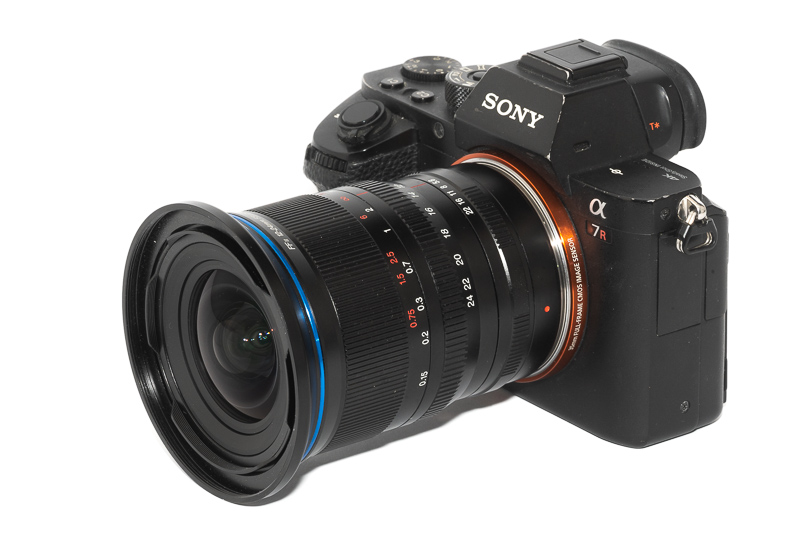
The Laowa 12-24mm 5.6 is Laowa’s second ultra wide angle zoom, the first being the Laowa 10-18mm 4.5-5.6. The 10-18mm offers a very appealing focal length range in a compact package, but there were some optical compromises hard to overlook. This 12-24mm lens is supposed to yield better optical performance at the cost of a less extreme angle of view at the wide end. Is it the better lens at the end of the day? Let us find out in this review.
Sample Images
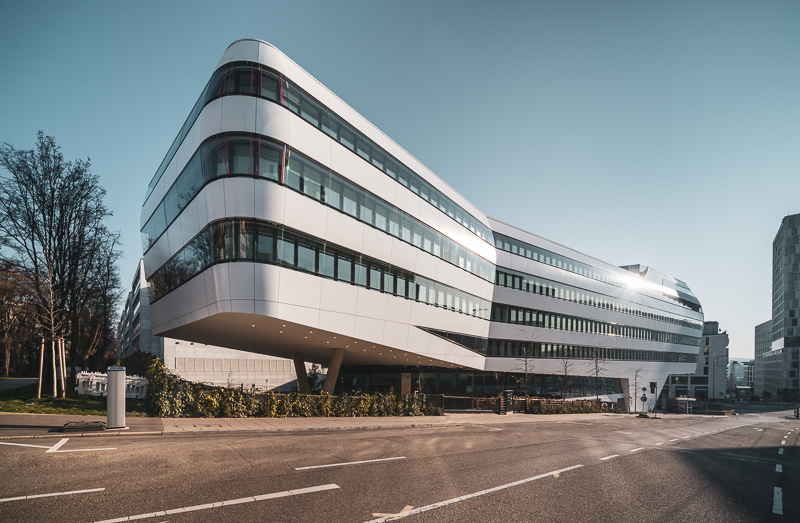
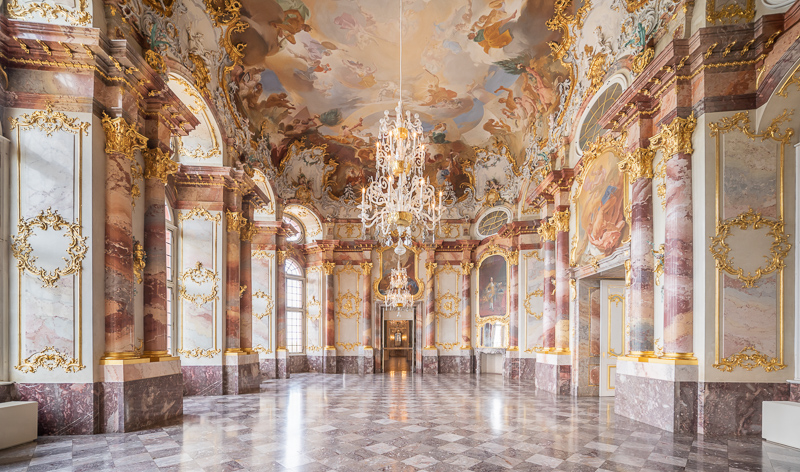
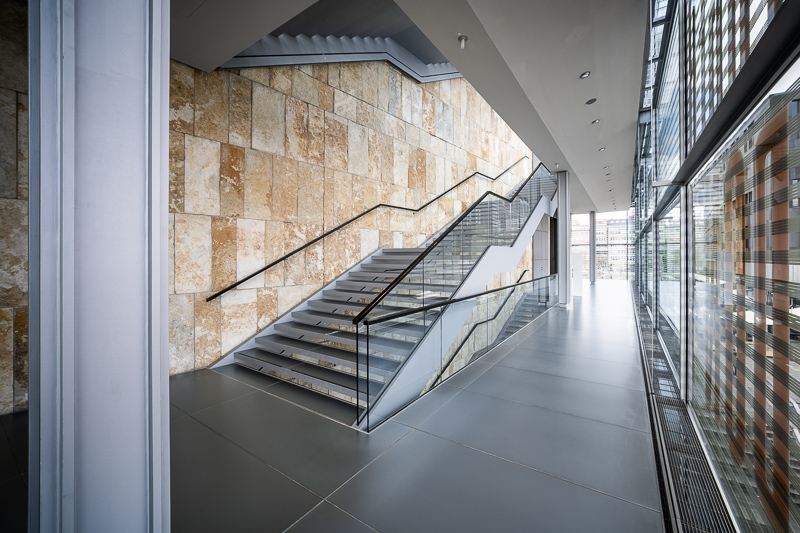

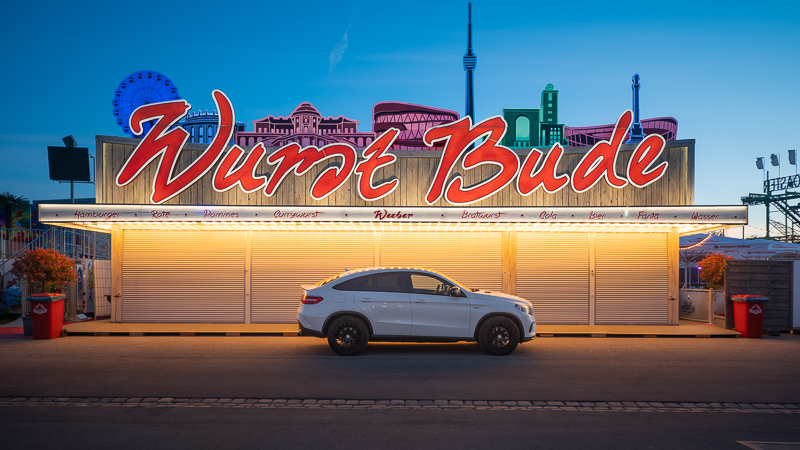
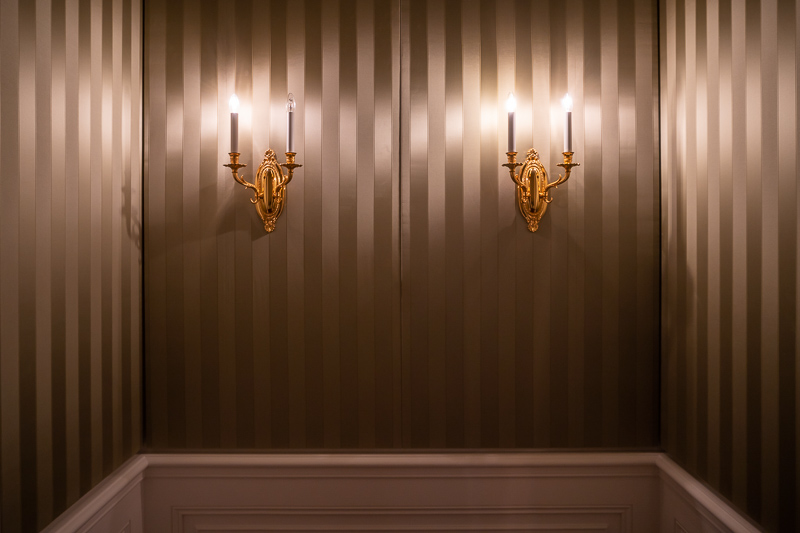
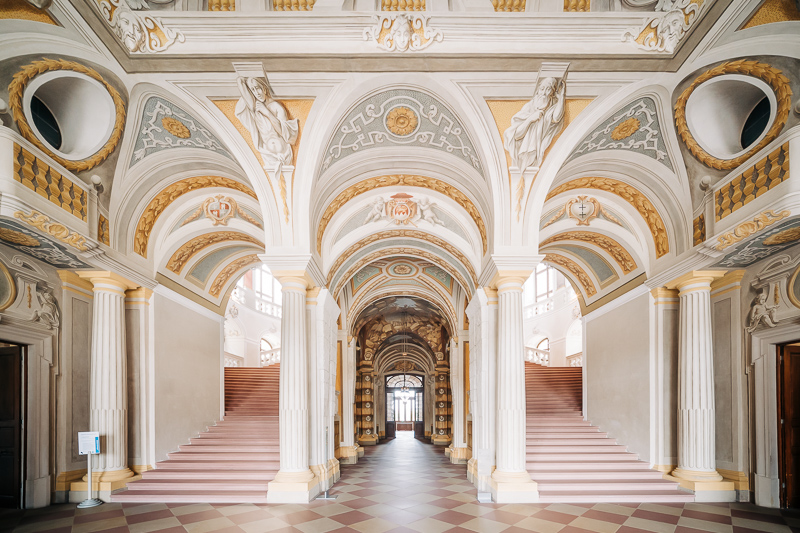
Many of the sample images in this review can be found in full resolution here.
Contents
Disclosure
The Laowa 12-24mm 5.6 C-Dreamer was kindly provided free of charge by Venus Optics / Laowa for reviewing purpose for a few weeks.
Specifications
The Laowa 12-24mm 5.6 is available for several different mounts. I am reviewing the E-mount version here which has the following specifications:
-
- Diameter: 69 mm (79 mm with filter ring)
- Field of view: 83° to 121° (diagonally)
- Length: 90 mm (with filter ring)
- Weight: 520g (without caps, with filter ring)
- Filter Diameter: 77 mm
- Number of Aperture Blades: 5 (straight)
- Elements/Groups: 15/11
- Close Focusing Distance: 0.15 m
- Maximum Magnification: 1:2.1 (at 24mm setting)
- Mount: Sony-E
The lens can be ordered from manufacturer’s homepage | amazon.com | amazon.de | ebay.com | ebay.de | B&H for $649 (E/RF/Z) to 699$ (M-mount) (affiliate links)
Focal Lengths
Handling / Build Quality
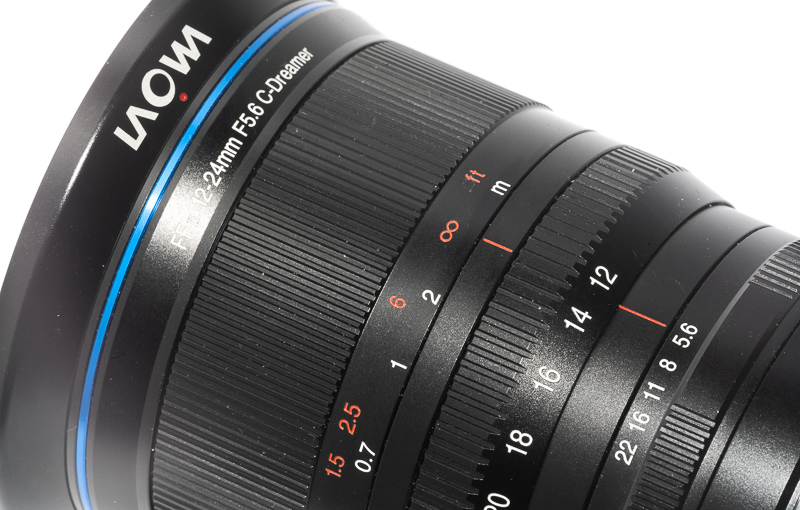
The lens looks and feels like it is an all metal construction, all the markings are engravend and filled with paint and the filter ring also features a laser engraved Laowa logo.
The focus ring has very nice albeit not perfectly even resistance and travels roughly 100° from the minimum focus distance (0.15 m) to infinity.
The aperture ring has full-stop click stops and travels ~30° from f/5.6 to f/22. If you read my previous reviews of Laowa lenses you may remember I wasn’t too happy about the non-equidistant click stops, so I am happy to report here they are equidistant (again).
The zoom ring rotates ~90°, does not feature any click stops and has markings for every even numbered focal length.
The Laowa 12-24mm 5.6 does feature a tiny built in lens hood which also makes sure the front element doesn’t touch the surface when putting the lens down on a flat surface.
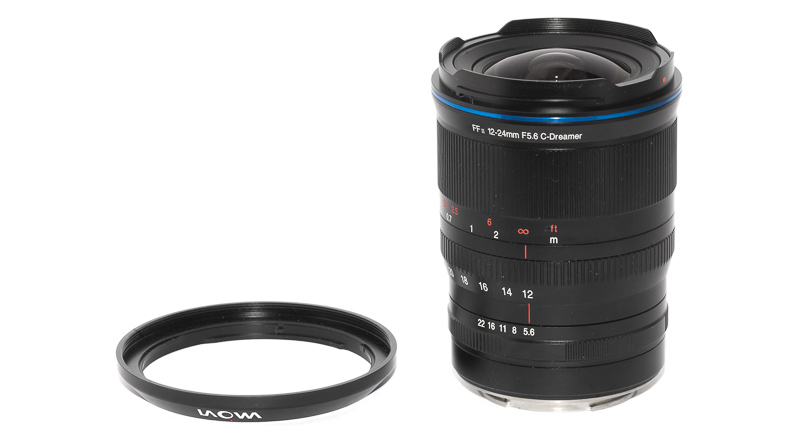
In addition to that there is a small filter ring in the package which attaches via a bayonet and gives the lens a normal 77mm filter thread. As the ring is very small I see little reason to remove it from the lens.
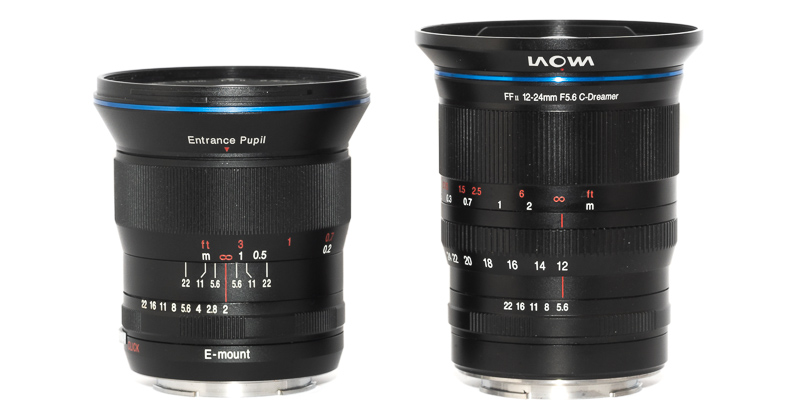
The 12-24mm 5.6 is similarly sized as the Laowa 15mm 2.0, but a little bit longer.
Vignetting
light falloff
Because of the extremely wide angle of view our method of deriving the vignetting figures struggles a bit, this is also the reason for the less smooth graphs in this chapter.
| 12mm | 18mm | 24mm | |
| f/5.6 | 3.6 EV | 2.4 EV | 2.1 EV |
| f/8.0 | 3.1 EV | 2.1 EV | 2.1 EV |
| f/11 | 3.0 EV | 1.9 EV | 2.1 EV |
Unsurprisingly the vignetting is highest at the wide end and improves towards the long end. At 12mm vignetting is very high, exceeding 3 EV and at all focal lenghts stopping down does not make a big difference, but then this behaviour is very similar to other compact ultra wide angle lenses.
It is recommended to have a look at this article first to get an idea how this brightness graph works.
color cast
As we have often seen with compact ultra wide angle lenses there is a noticeable green color cast visible at the wide end, this becomes less of an issue as you move towards the longer focal lenghts.
How this translates to a real world picture can be seen in this example:
You can check out my article How to: Correcting Color Cast in Lightroom where I explain different methods to fix this.
Sharpness
infinity (42mp Sony A7rII)
Pretty much every ultra wide angle zoom I have used so far showed its best performance at the wide end and got worse towards the “tele” end. This was also my main issue with the Laowa 10-18mm 4.5-5.6: it was only decent at 10mm and simply nothing to write home about at the 18mm setting.
Luckily the situation is much better here, as not only at the 12mm end but also at the 24mm and inbetween – especially when stopping down to f/8.0 or f/11 – we get a good to very good across frame performance suitable to yield high resolution landscape and architecture pictures.
By f/16 you clearly see the negative effect of diffraction everywhere in the frame, so I would try to avoid this aperture setting.
There are two things worth noting though: with lenses this wide mount tolerances can have a noticeable influence on the across frame performance (especially in the midframe), therefore lens A may perform great on camera B but slightly worse on camera C.
Furthermore sample variation is generally higher in zoom lenses, so while 22mm is the weakest setting on my sample of this lens, it might be 20mm or 24mm or even 12mm on yours.
close (0.15m)
12mm
100% crops from center, A7rII
24mm
100% crops from center, A7rII
We are used to very short minimum focus distances in Laowa ultra wide angle lenses but the 12-24mm 5.6 takes this to a new level offering a macro-lens-like magnification of 1:2.1.
The field is not particularly flat at these distances, so only close to the center the performance is as good as shown in the crops here, nevertheless it can come in handy for taking some close ups with impressive perspective.

Distortion
Sony A7III | Laowa 12-24mm 5.6 | f/8.0
At 12mm we see noticeably wavy barrel distortion which will be rather obvious when taking architecture pictures with many straight lines running through the frame. Due to the waviness at 12mm a correction profile is needed to correct this properly.
At around 14 to 15mm the distortion is minimal but still wavy, whereas from 18mm to 24mm we see mostly uniform pincushion distortion which can be dealt with by dialing in -2 in Photoshop/Lightroom.
Flare resistance
As always evaluating flare is a complex matter since you can get any lens to look bad if you push it hard enough and a slight change of scenario can affect results a lot. With a zoom lens there are even more variables, as the performance can change a lot with the focal length.
Sun outside frame
With the sun outside the frame there is a certain position at every focal length that will lead to severe artefacts:
Sony A7III | Laowa 12-24mm 5.6 | f/11
These look bad, but they are also the effect of engineered scenarios to show you the worst outcome possible. In the field these artefacts are much less likely to encounter, but I did encounter veiling flare occasionally:
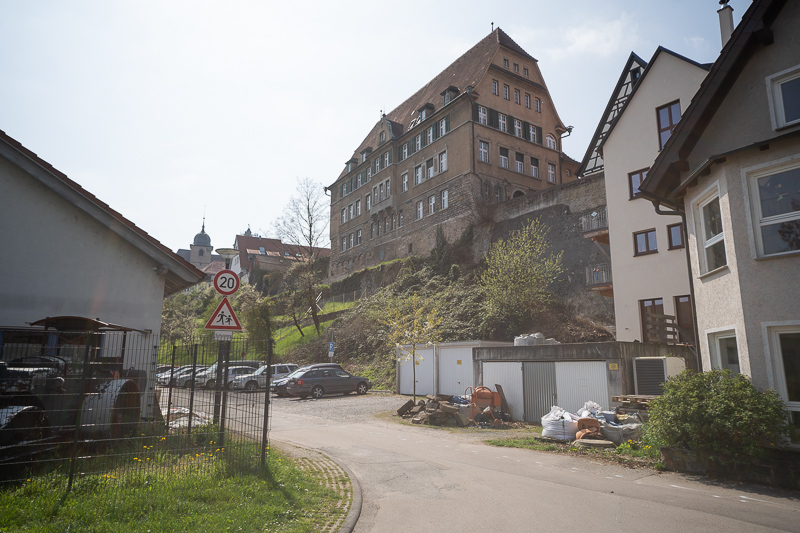
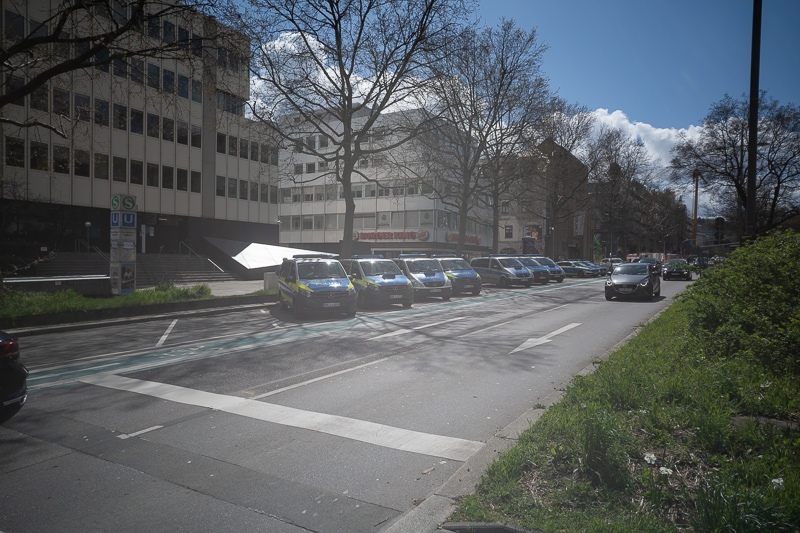
Sun inside frame
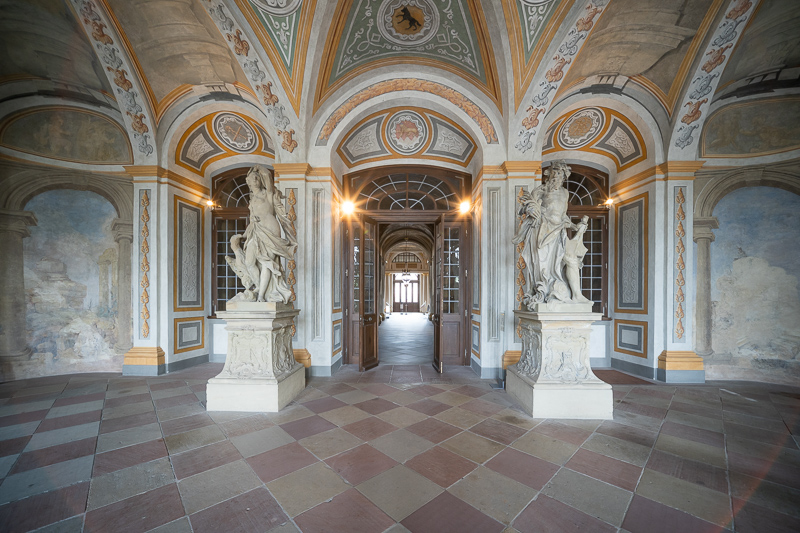
Generally the performance is much better with the sun inside the frame. At the 12mm setting a small rainbow artefact can appear in the corner, but this is easy to avoid by stopping the lens down:
Sony A7III | Laowa 12-24mm 5.6
At the 24mm setting I encountered veiling flare when the light source was in the corner of the frame, but again stopping down helped:
Sony A7III | Laowa 12-24mm 5.6
At the 18mm setting I didn’t even manage to produce any artefacts.
All in all the performance is very solid for an ultra wide angle zoom starting at 12mm with good suppression of ghosting but some issues with veiling flare.
Coma
12mm
18mm
24mm
While not perfect the coma correction is good across the focal length range – a significantly better performance than what we have seen with the Laowa 10-18mm 4.5-5.6.
Still, the parameters do not make the Laowa 12-24mm 5.6 an obvious choice for astro photography, there are better options available for this task.
Sunstars
12mm
24mm
At 12mm you will see sunstars already at the maximum aperture of f/5.6. At the 24mm end at the maximum aperture of f/5.6 the opening is perfectly round (as is usually the case with constant aperture zooms) and therefore you won’t get sunstars unless stopping down.
If you want to know more about sunstar rendering of different lenses have a look at this article.
Chromatic Aberrations
lateral
100% crops from inner midframe, 12mm, Sony A7rII
All the ultra wide angle Laowa lenses I have used lately showed a very similar pattern here: almost no lateral CA in the corners (which we would usually expect) but instead a small but noticeable amount closer to the center region of the frame. These are still easy to correct, as can be seen from the example above.
Lateral CA are a bit stronger at the wide end and become hardly noticeable as you zoom in.
longitudinal
Due to being an f/5.6 lens “classic” longitudinal CA (loCA) in the way of bokeh fringing are nothing to worry about, purple fringing at wider apertures is another story though, as in high contrast scenes purple fringing is easily encountered:
Of course stopping down helps a lot and by f/8.0 to f/11 this is much less of a problem, if you are shooting indoors without a tripod this is not always possible though:
Looking at all the pictures I took with this lens loCA seem to be more pronounced at the wide end.
Alternatives
Sony FE 12-24mm 4.0 G:
This one stop faster Sony lens is probably the closest competitor. The Sony is known to be a very sharp lens, seems to have some issues with flare resistance as well and it doesn’t feature a filter thread.
buy from amazon.de | buy from amazon.com | B&H (affiliate links) for $1773
Sony FE 12-24mm 2.8 GM:
A truly astounding lens that shows Sony is one of the top lens manufacturers these days. If you don’t only need wide and flexible but also fast and have the neccessary funds this is a great lens.
buy from Amazon.com | Amazon.de | B&H | ebay (affiliate links) for $2898
Laowa 10-18mm 4.5-5.6 C-Dreamer FE:
If you love extreme wide angle lenses the Laowa 10-18mm may look more tempting at first sight, but don’t be fooled: the 12-24mm 5.6 offers significantly better optical performance and the normal filter thread may also come in handy.
buy from manfucaturer’s homepage | amazon.com | B&H (affiliate links) for $849
Sigma 14-24mm 2.8 Art DG DN:
This Sigma lens is a great choice if you don’t necessarily need a zoom starting at 12mm or simply looking for a more affordable f/2.8 zoom.
buy from amazon.com | amazon.de | B&H | ebay.com (affiliate links) for $1299
Laowa 9mm 5.6 FF RL:
The widest rectilinear lens available. If you already know you will find yourself at the wide end of the 12-24mm 5.6 all the time you might want to consider this one instead and give up flexibility and a normal filter thread for an even wider field of view.
buy from manufacturer’s homepage | B&H | ebay.com | ebay.de for $899 (M-mount) and $799 (E/Z/L-mount) (affiliate links)
Voigtlander 10mm 5.6 E Hyper Wide Heliar:
I used it in the past but sold it when the – in my opinion – much better Laowa 9mm 5.6 hit the market.
buy from CameraQuest | ebay.de | amazon.de | ebay.com | amazon.com | B&H for 1099$ (affiliate links)
Laowa 11mm 4.5 C-Dreamer:
If you are looking for the widest lens with a normal filter thread this one is it.
buy from the manufacturer’s homepage for $799 (M-mount) and $699 (E/Z/L-mount) (affiliate links)
Conclusion
good
|
average
|
not good
|
I took some pretty cool pictures with the Laowa 10-18mm 4.5-5.6, but – even though I wanted to like it – in the end I couldn’t. Sharpness at the long end was definitely below my decency level as was flare resistance and not to forget the super annoying to use filter holder.
Now the new 12-24mm 5.6 is supposed to set the record straight and in many ways this is what happened: sharpness and contrast are good, flare resistance is not bad at all and you don’t even need a lens specific filter holder: you can attach ordinary 77mm screw-in filters.
The disadvantages do not come as a surprise: high vignetting coupled with a slight color cast in the corners at the wide end and the unfortunate absence of electronic contacts. Compared to a prime the lack of electronic contacts makes correcting the vignetting and especially distortion more tedious: the patterns change on zooming so you either need to remember the focal length you shot at or apply corrections by trial and error. At the long end distortion is uniform and easy to fix, whereas at the 12mm end a correction profile would be needed to fully fix the wavy distortion.
If 12-24mm is a focal length range you are interested in and you don’t need autofocus this is an affordable and interesting option and while it faces a fierce competition from the Sony FE 12-24mm 4.0G in the E-mount world, there is hardly anything comparable available for the other mounts (M, Z, RF).
The lens can be ordered from manufacturer’s homepage | amazon.com | amazon.de | ebay.com | ebay.de | B&H for $649 (E/RF/Z) to 699$ (M-mount) (affiliate links)
Further Sample Images
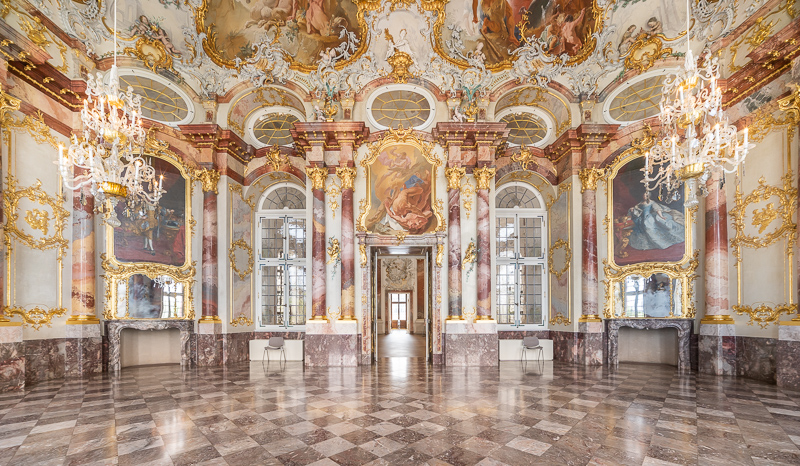
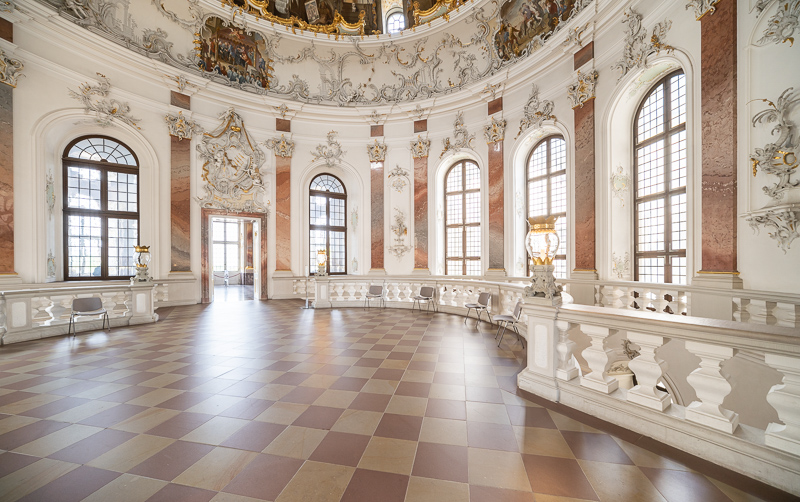
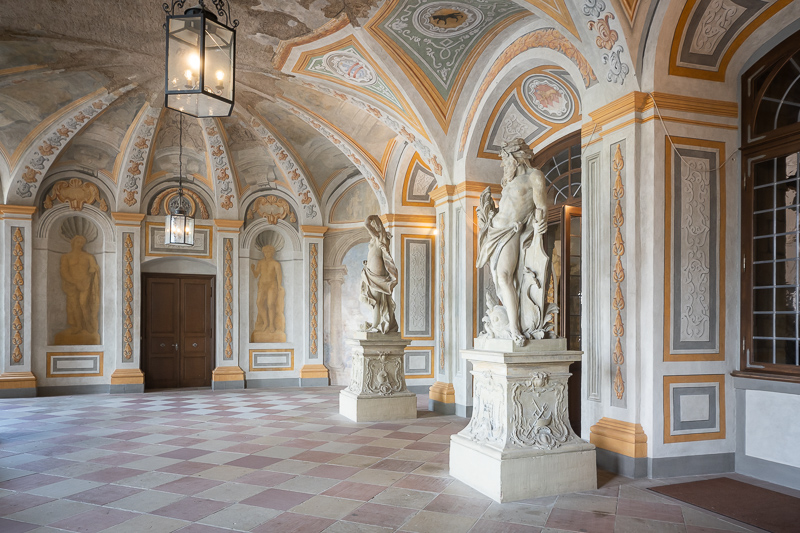

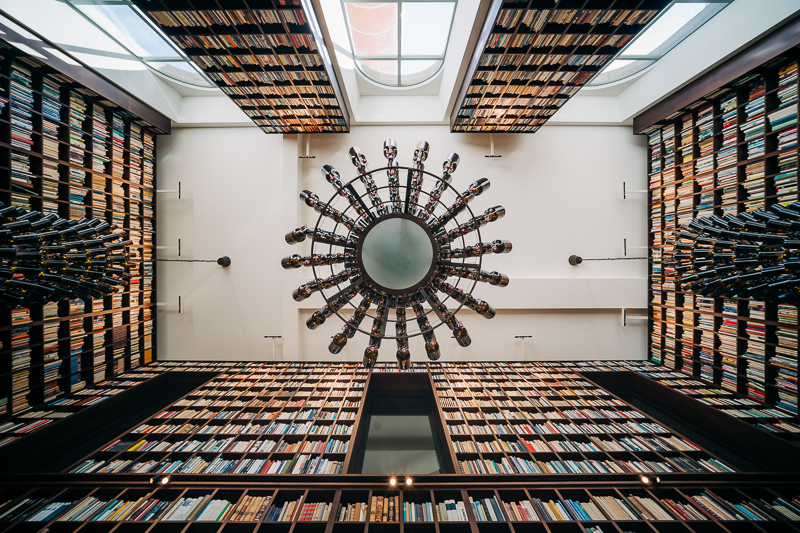
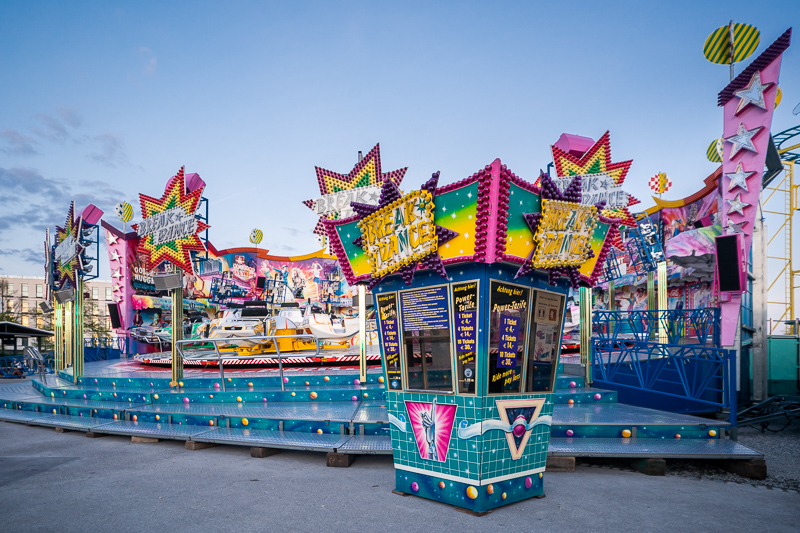
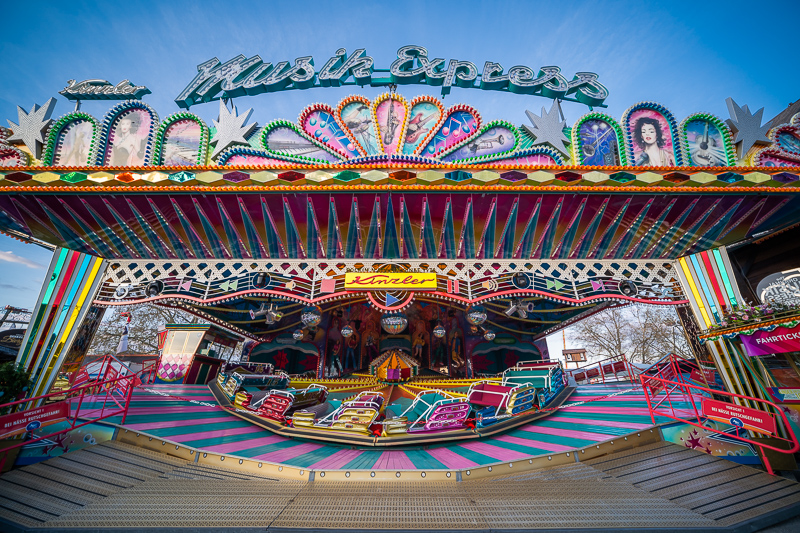
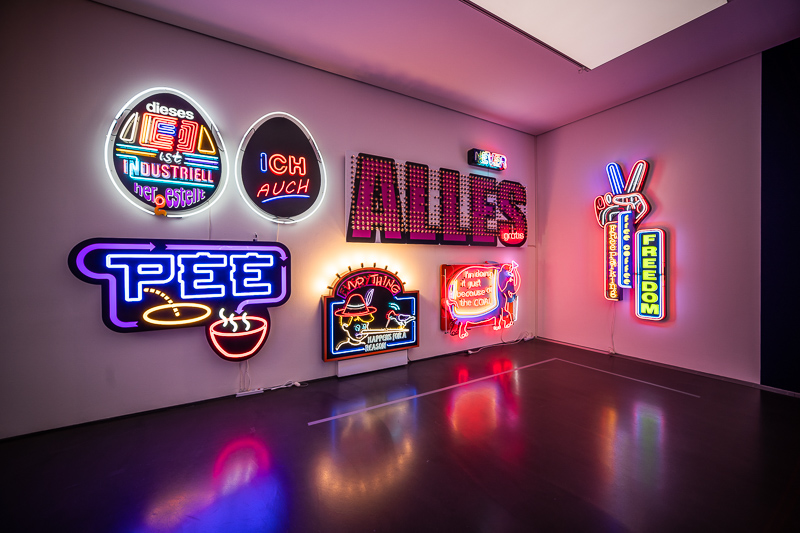
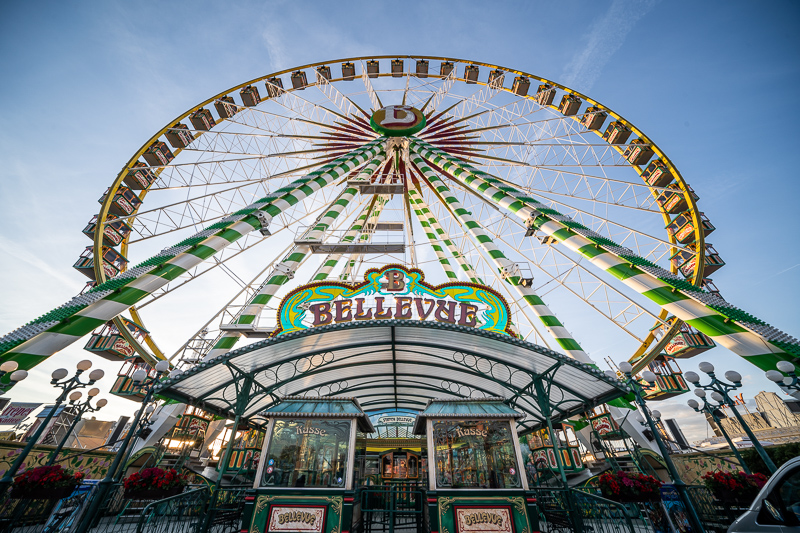

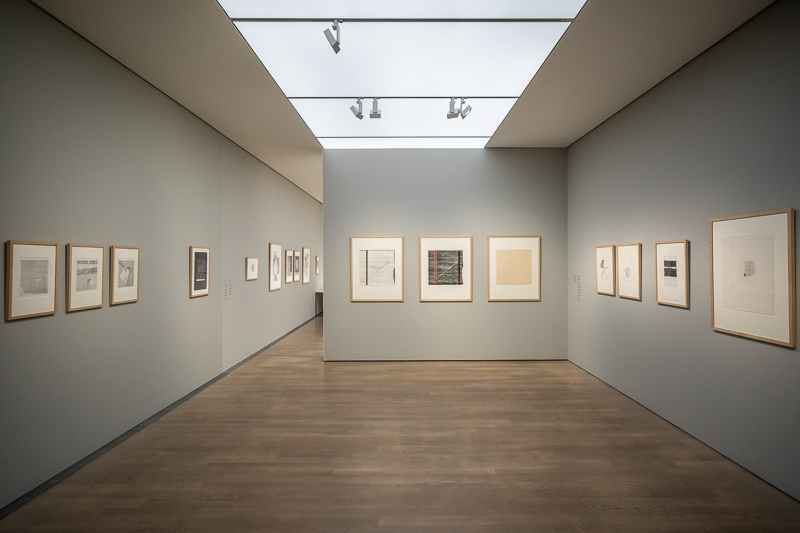

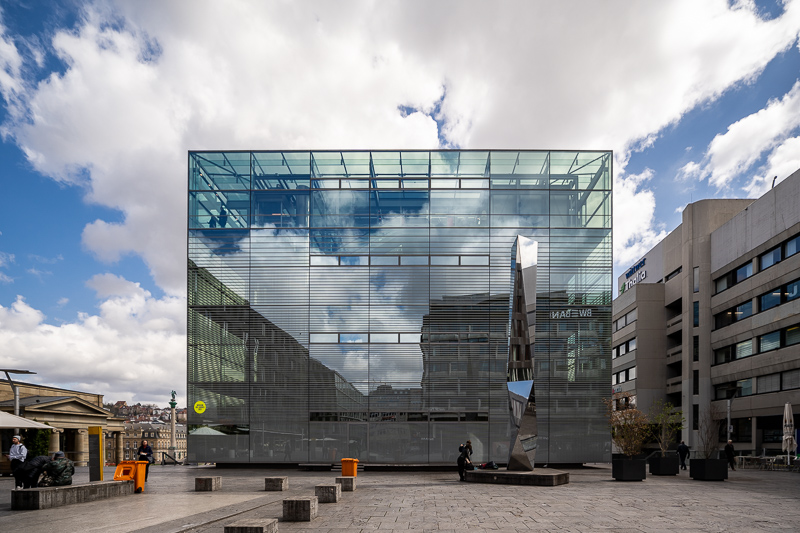
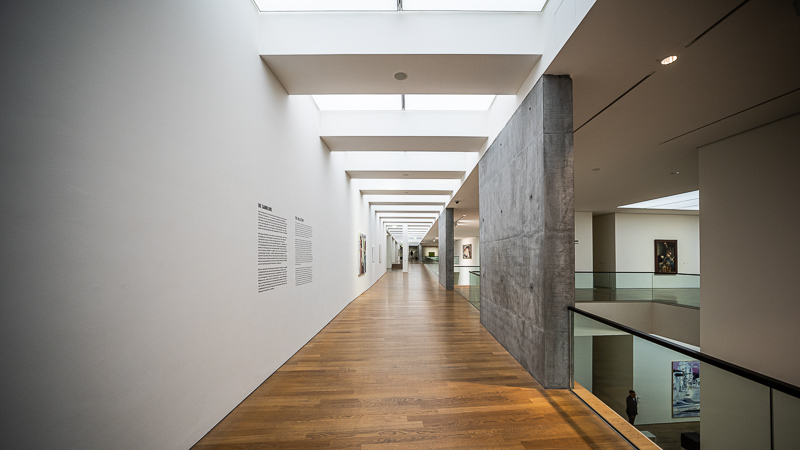
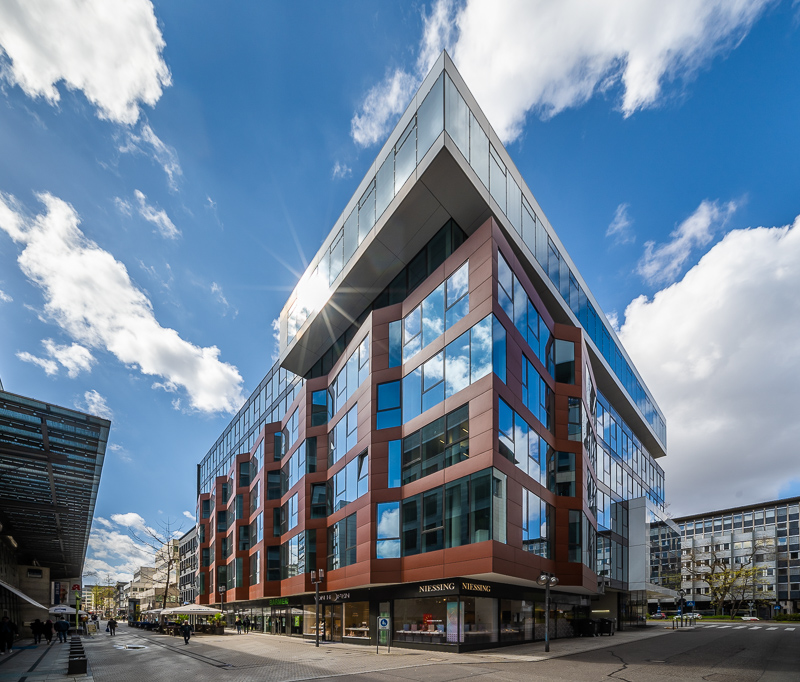
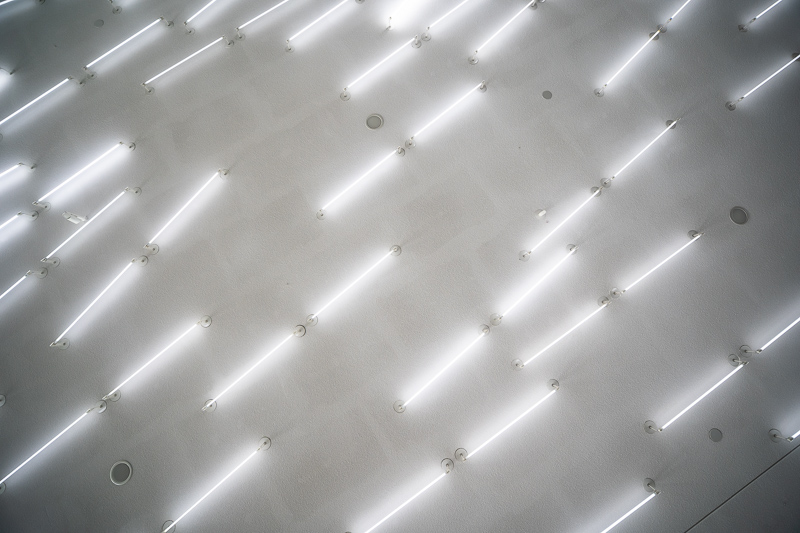
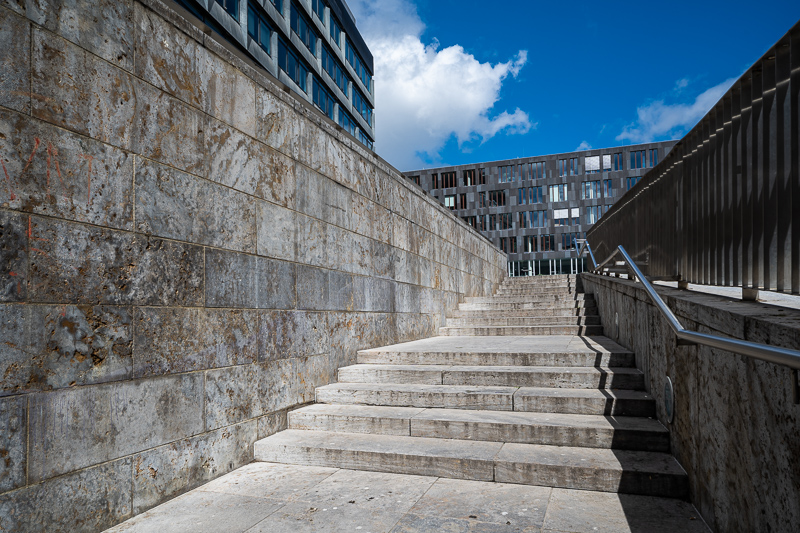
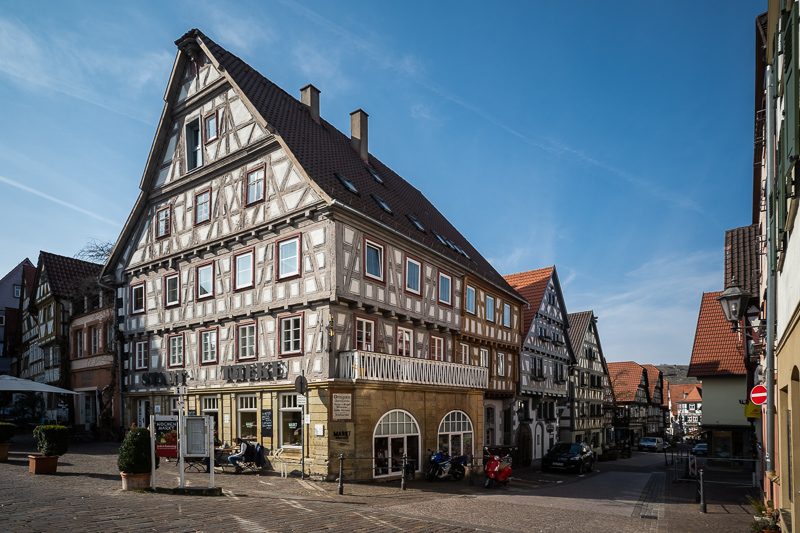
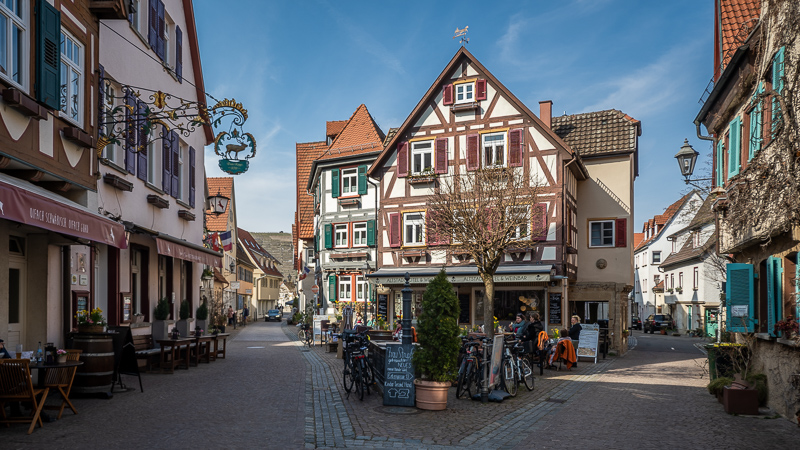

Many of the sample images in this review can be found in full resolution here.
Further Reading
- Sony FE lenses: Our comprehensive and independent guide
- Guide to the best 85-135mm Portrait Lenses for Sony a7 series
- 35mm comparison Leica, Zeiss, Voigtlander
- Review: Sony FE 24mm 1.4 GM
Support Us
Did you find this article useful or just liked reading it? Treat us to a coffee!
![]()
![]()
![]() via Paypal
via Paypal
This site contains affiliate links. If you make a purchase using any of the links marked as affiliate links, I may receive a small commission at no additional cost to you. This helps support the creation of future content.
Latest posts by BastianK (see all)
- 2025 – Year in Review - December 23, 2025
- Review: Sony FE 70-200mm 4.0 G Macro OSS II - December 20, 2025
- Review: Viltrox AF 35mm 1.2 FE LAB - December 17, 2025
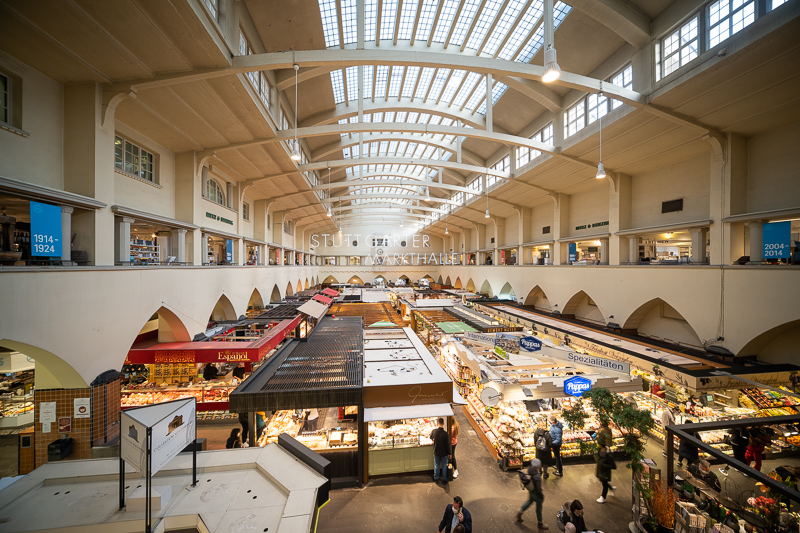
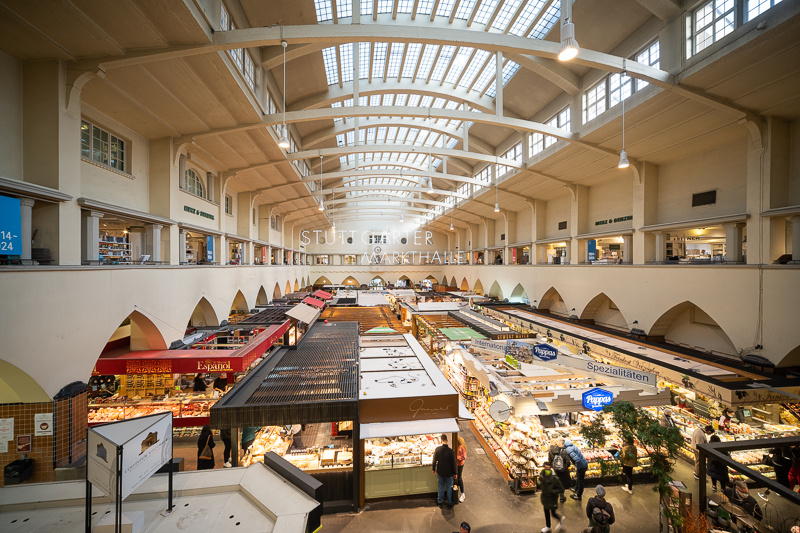



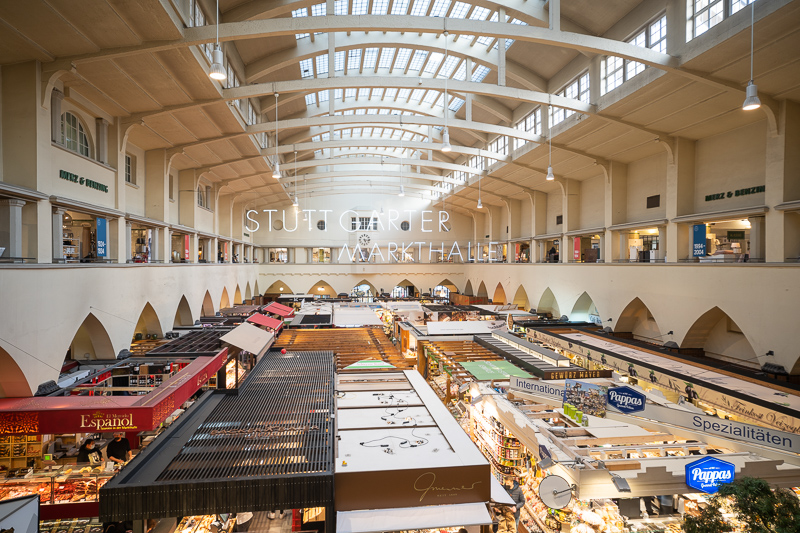



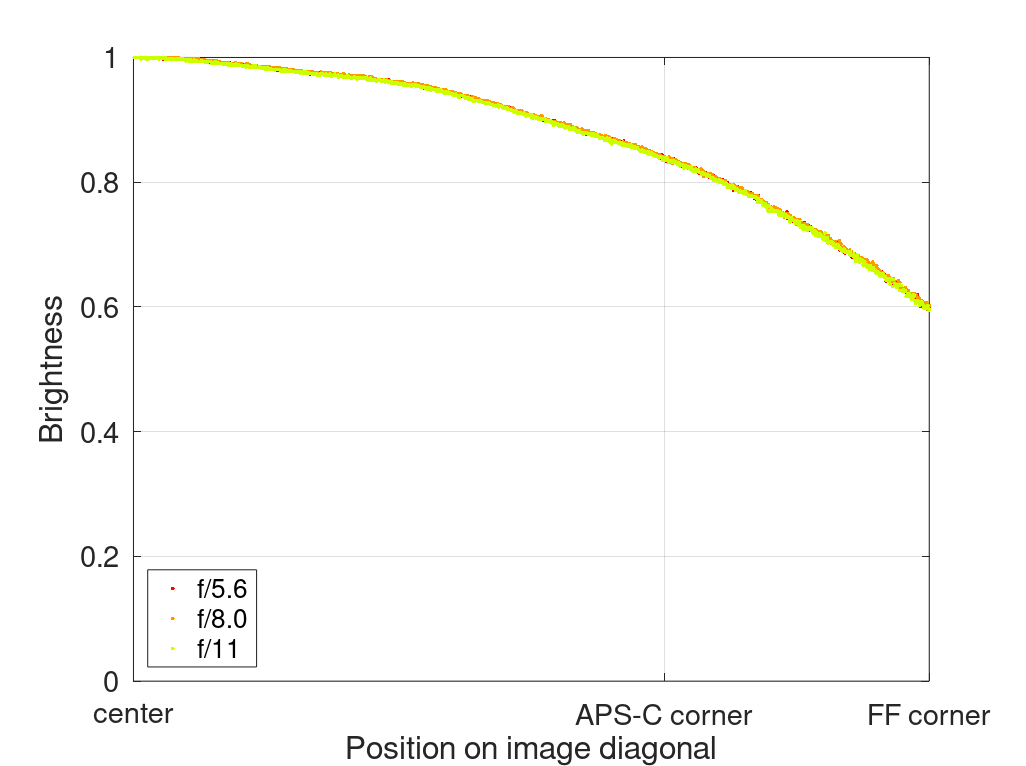

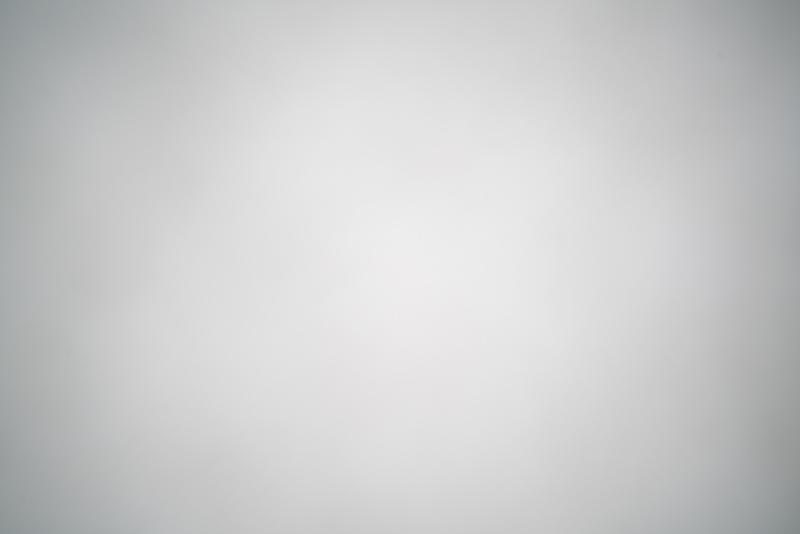

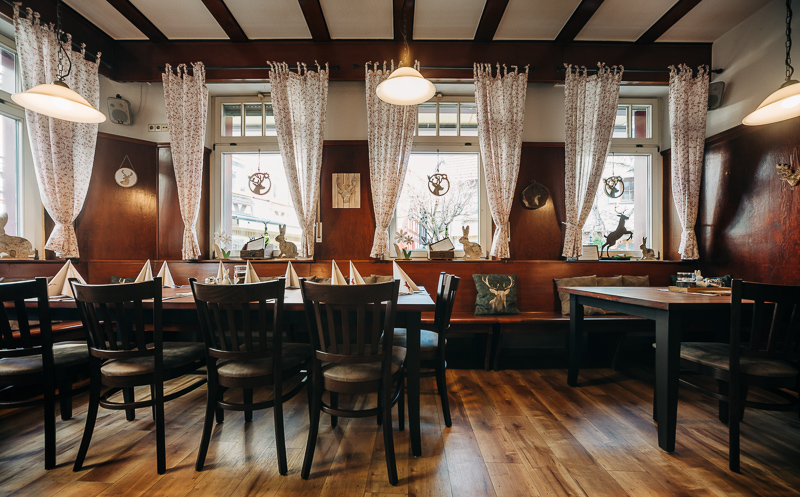
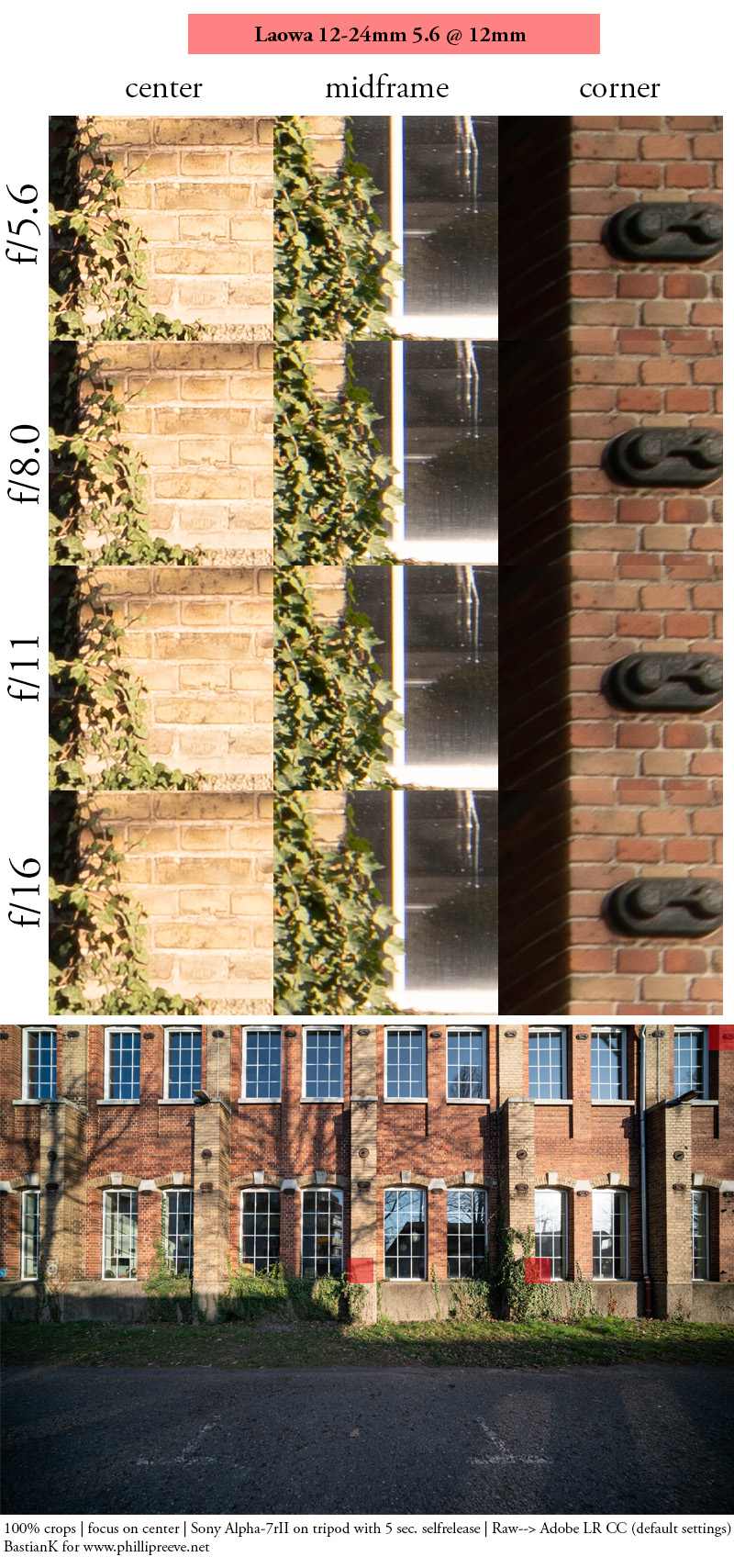
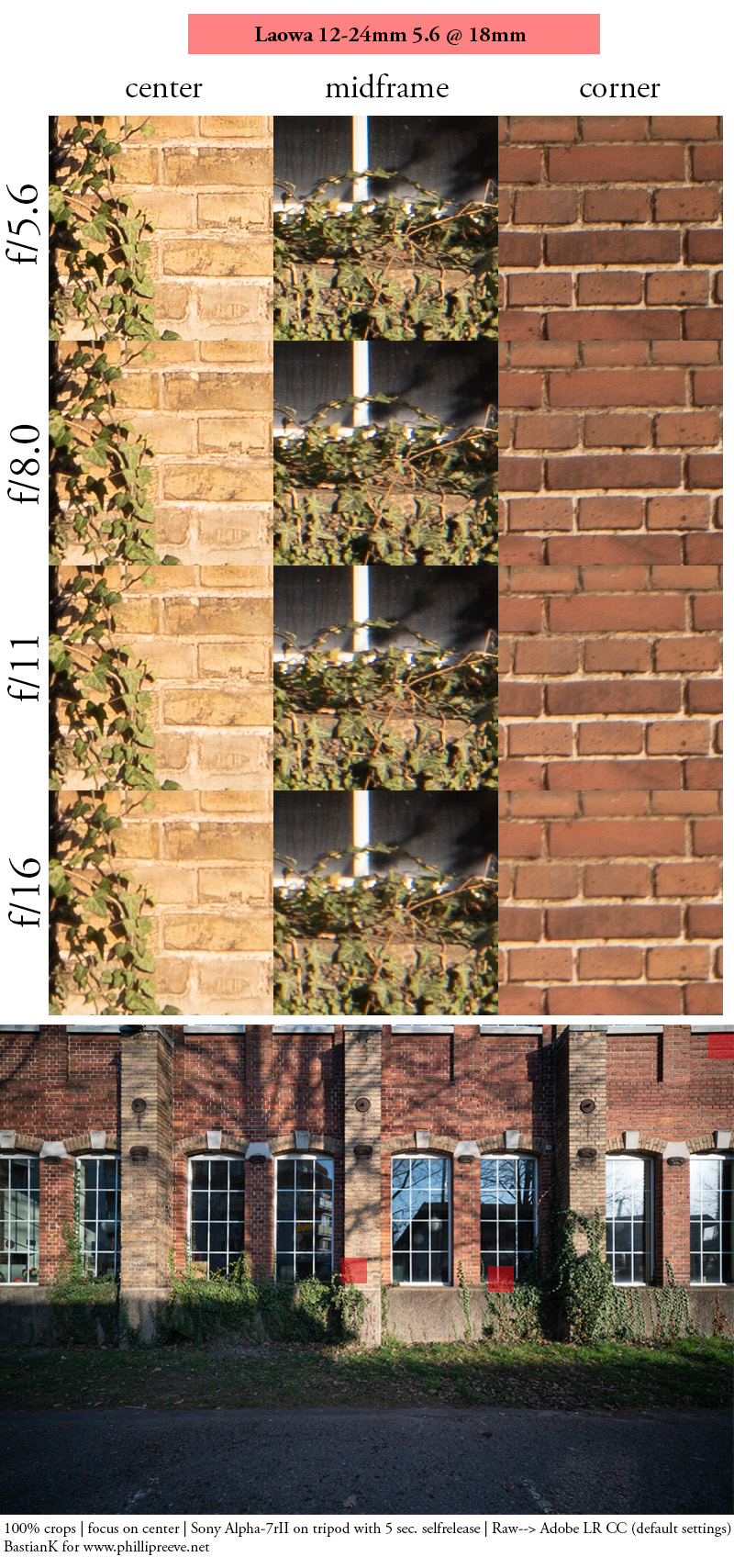


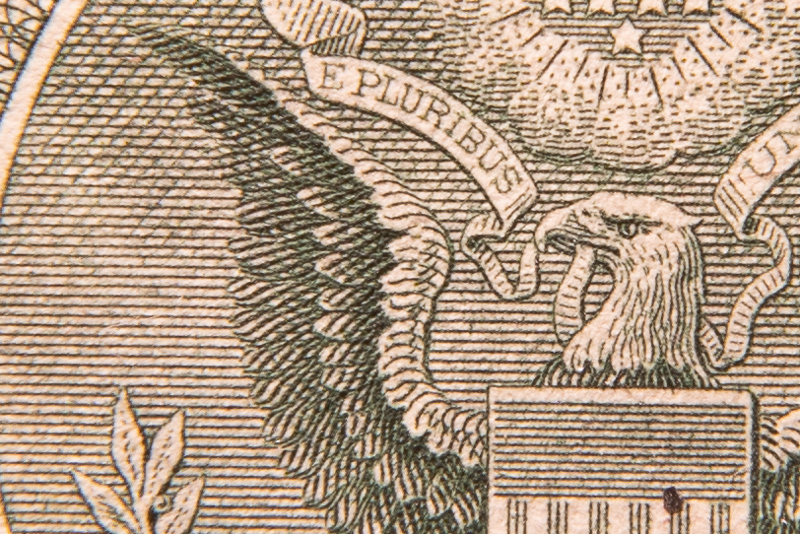

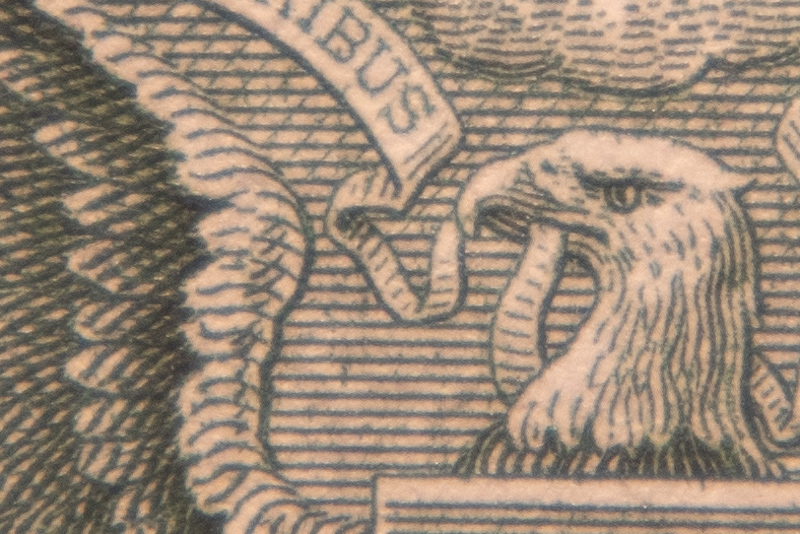


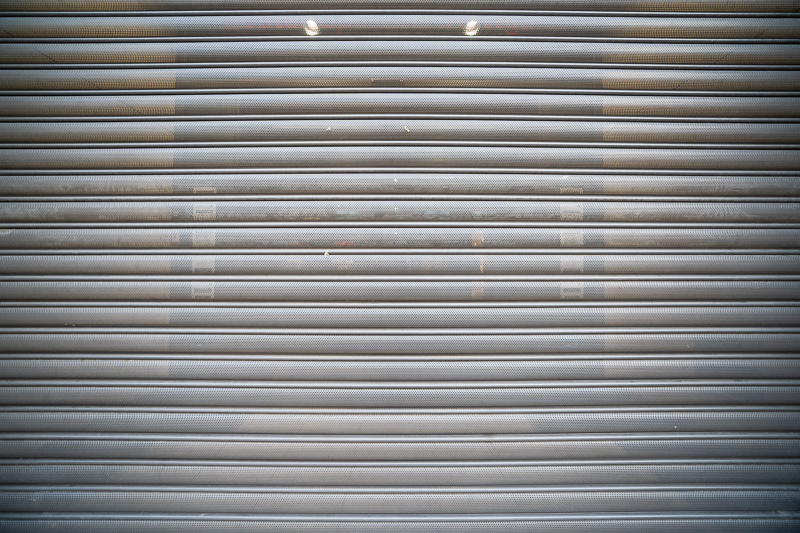
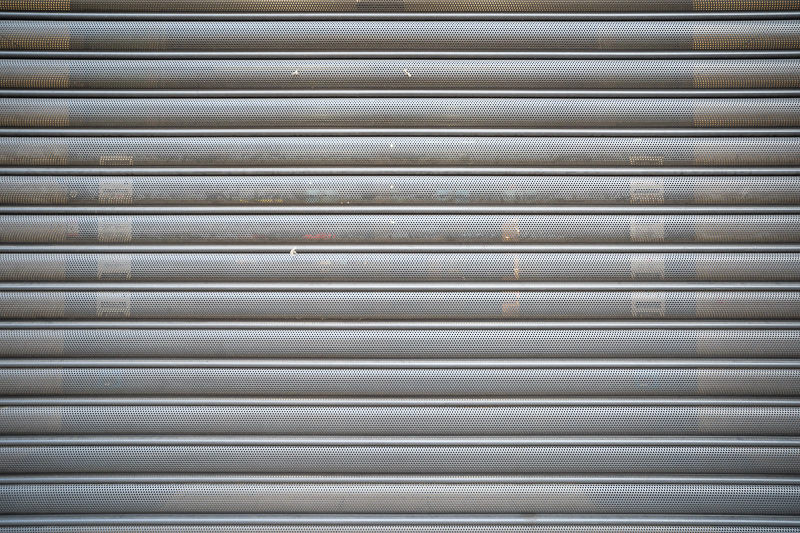
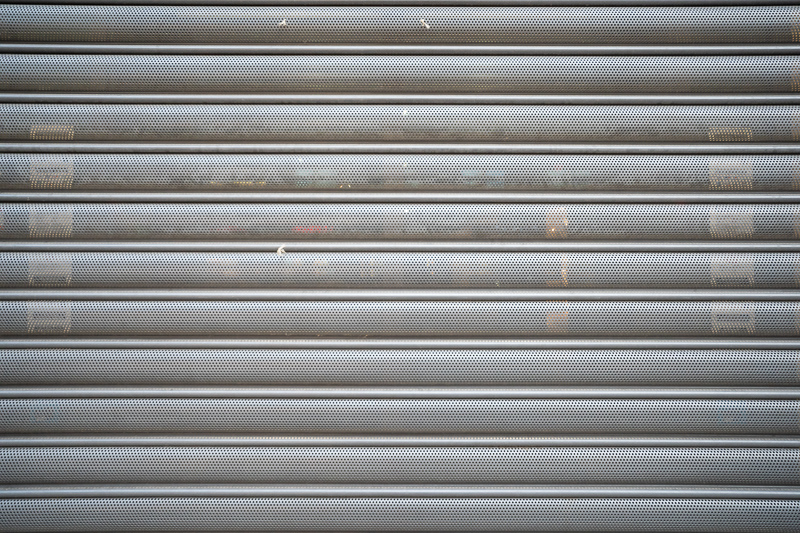

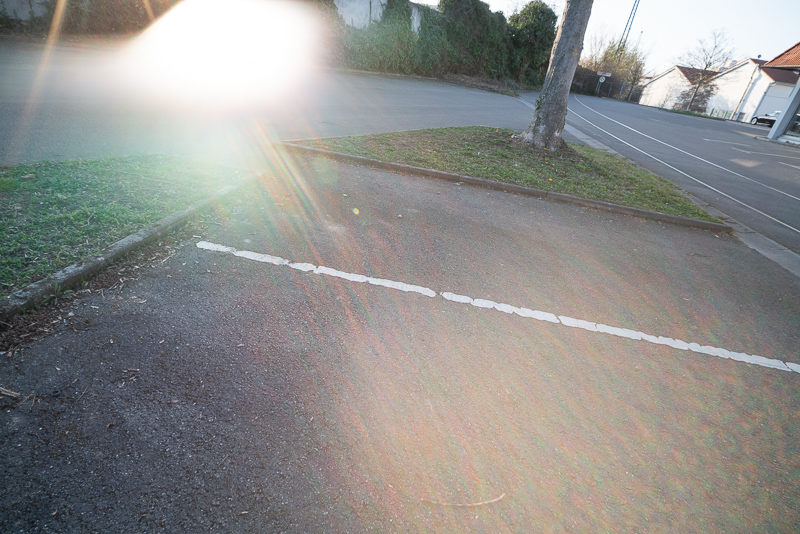
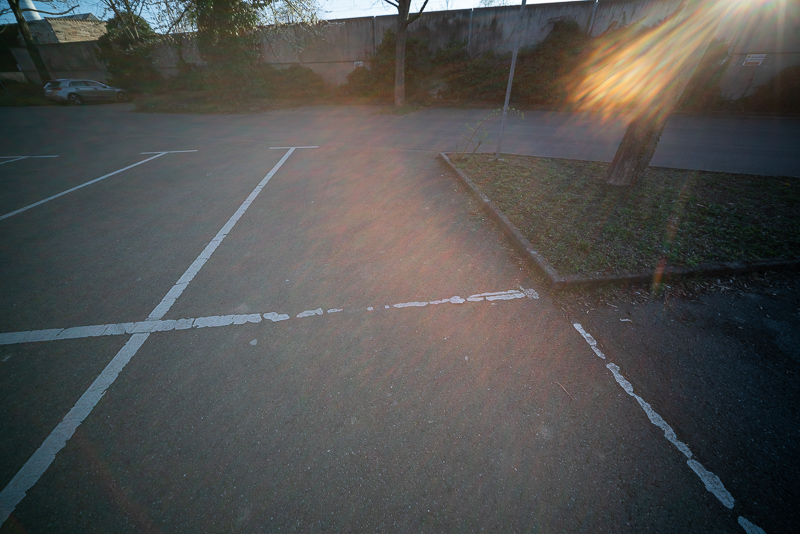
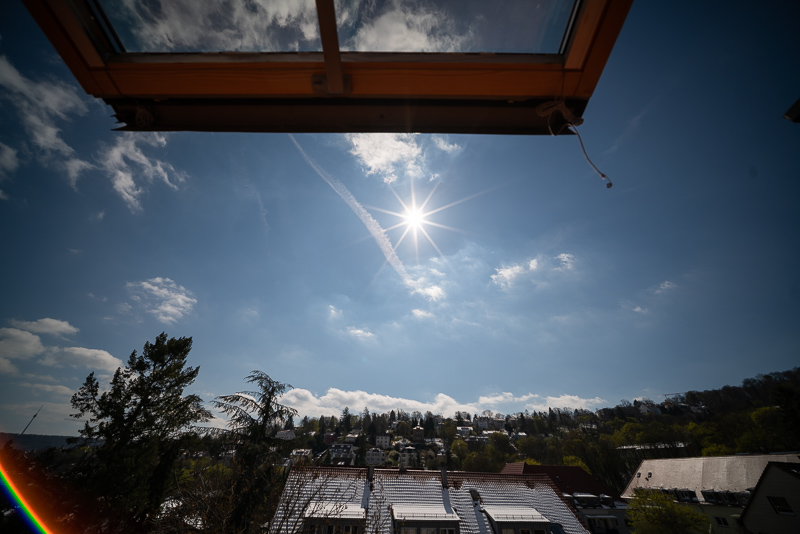
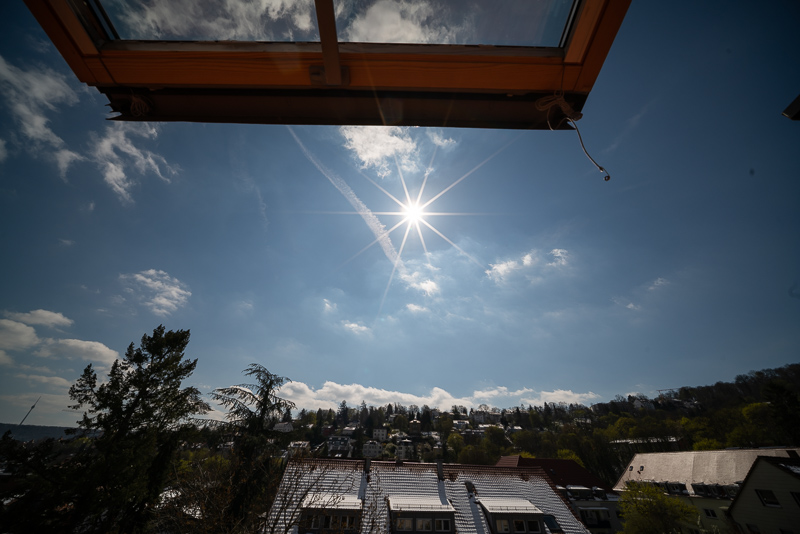
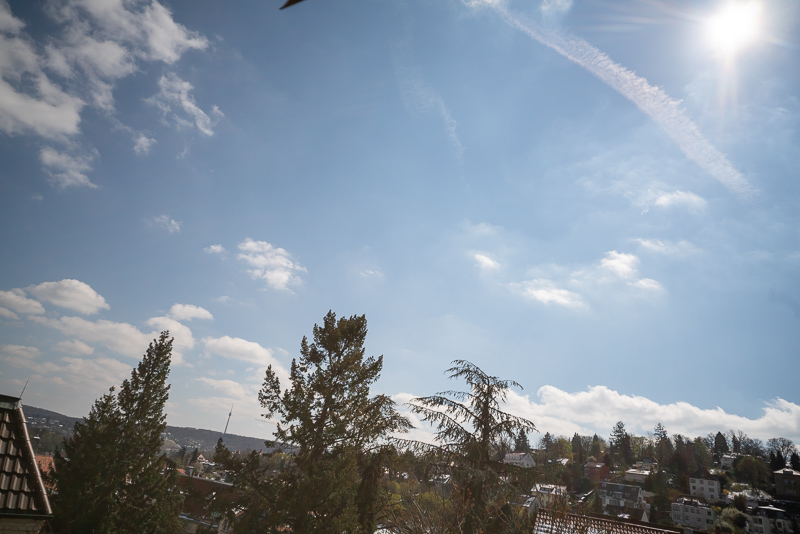

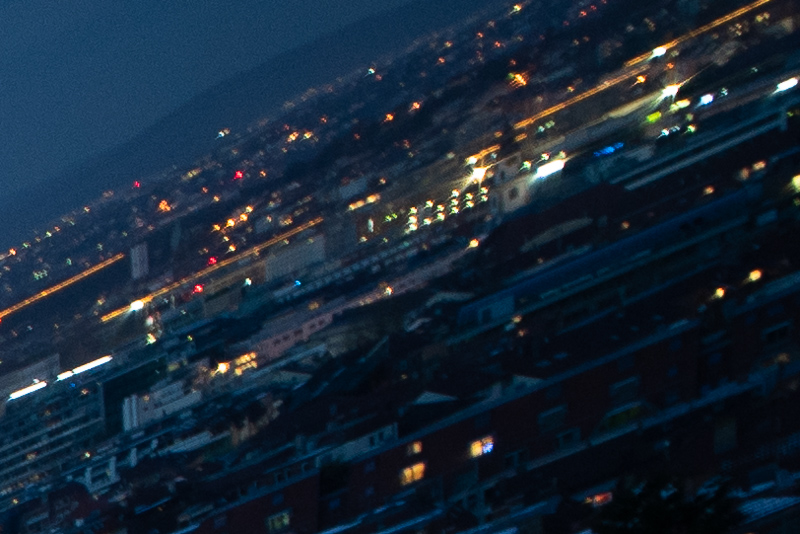
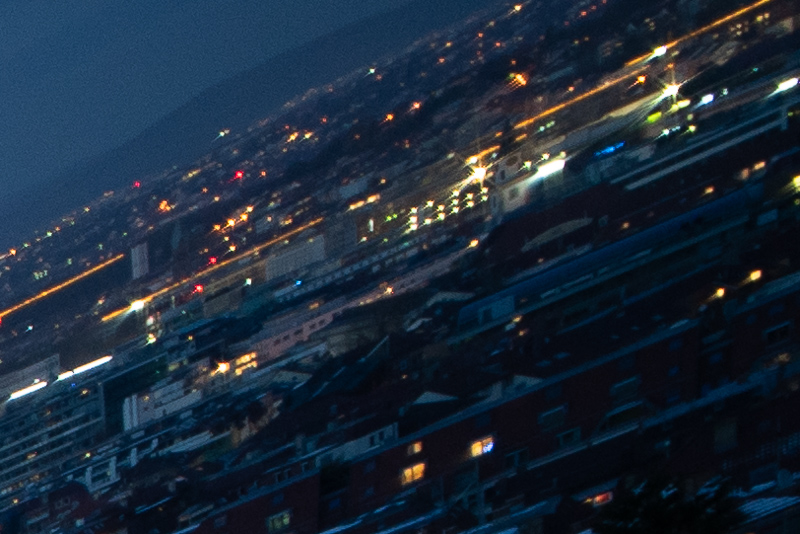

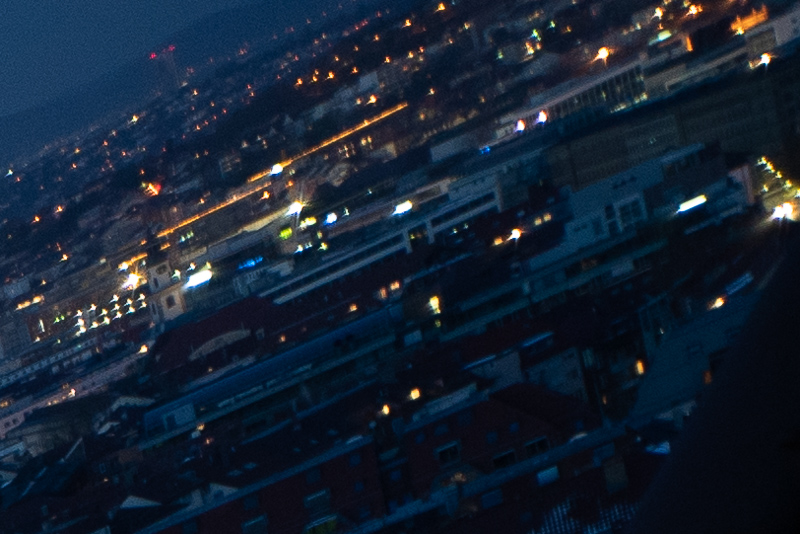
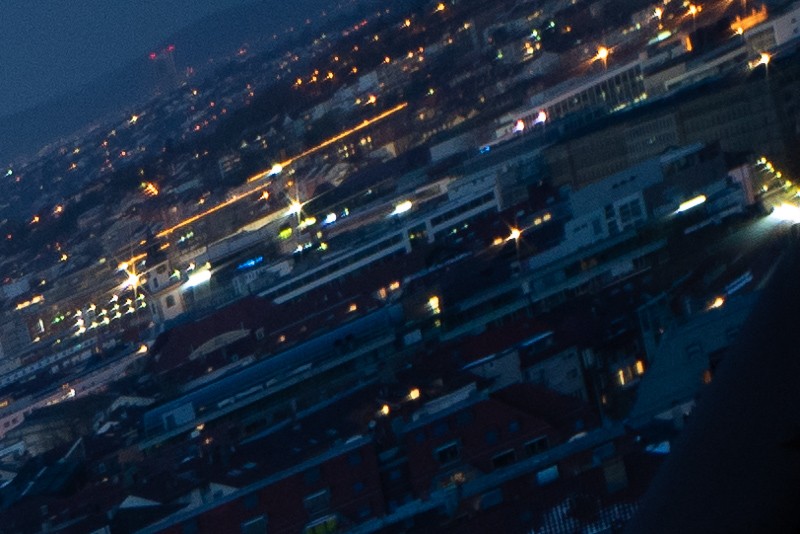
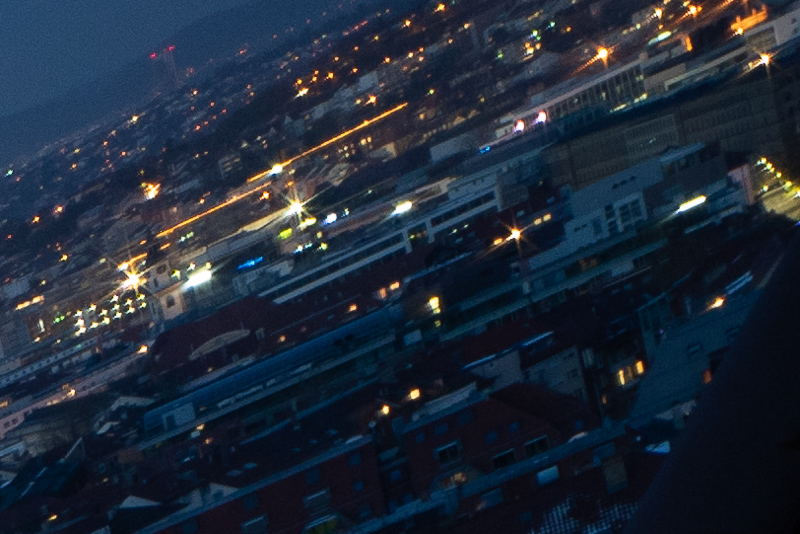

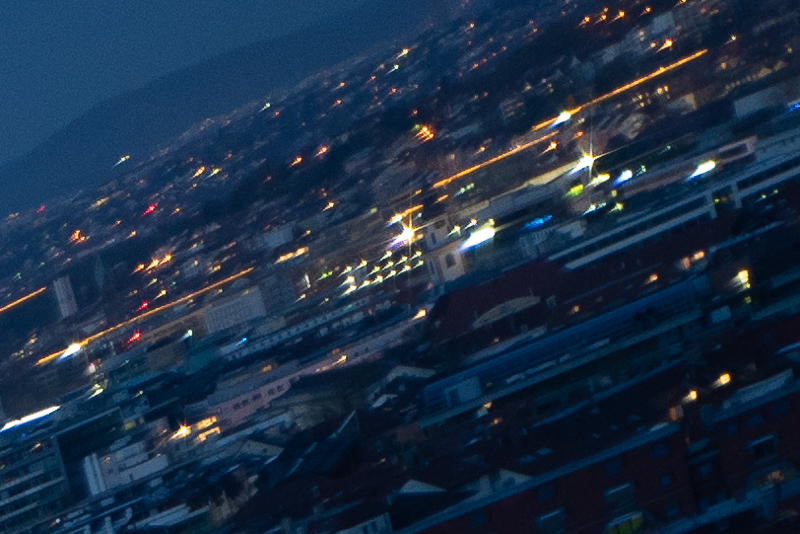


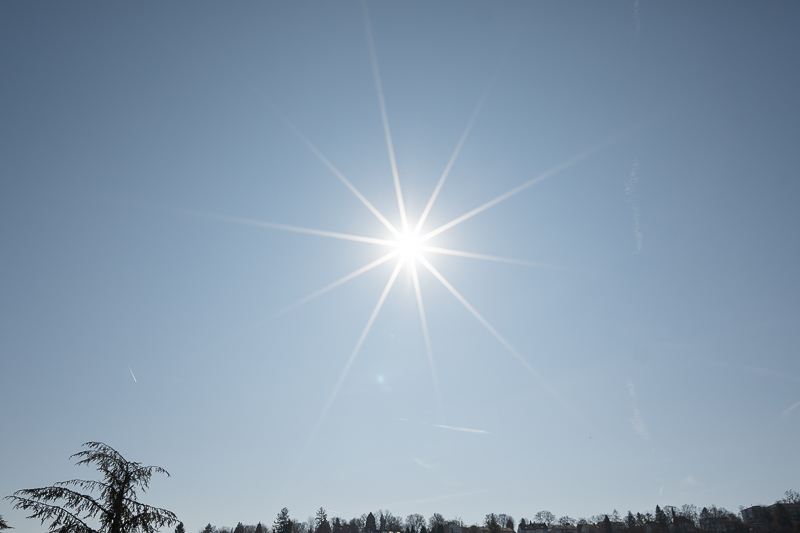

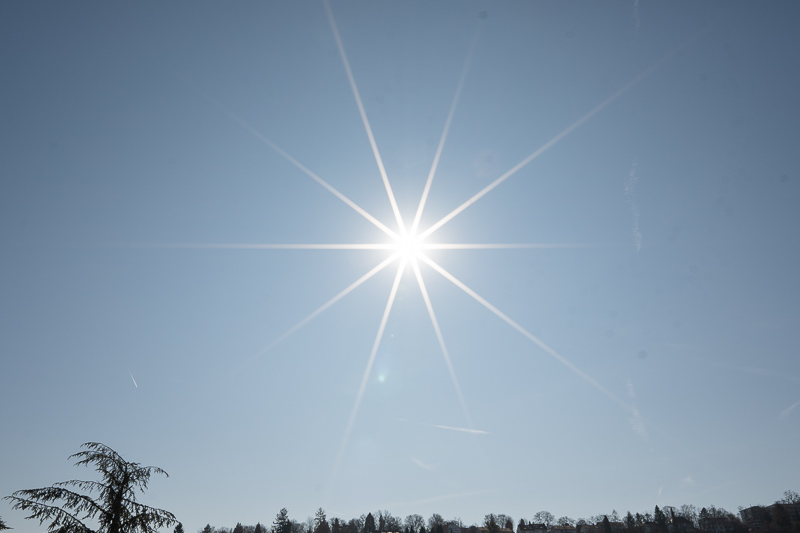
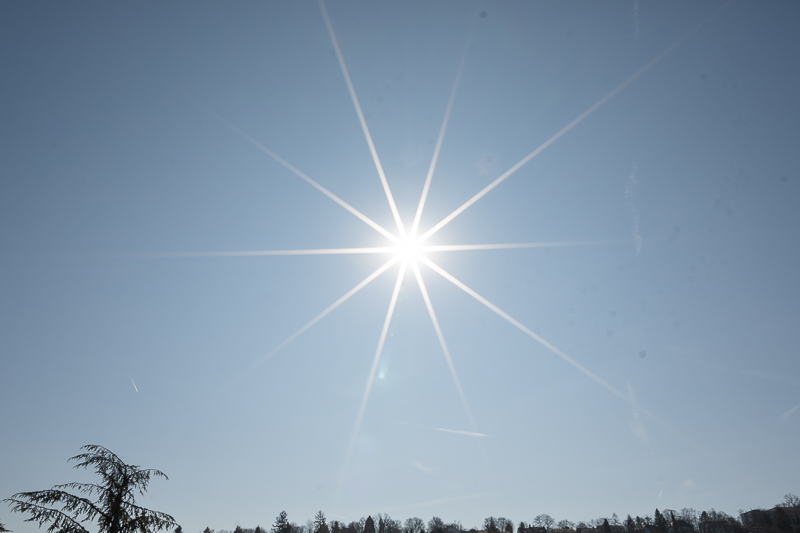
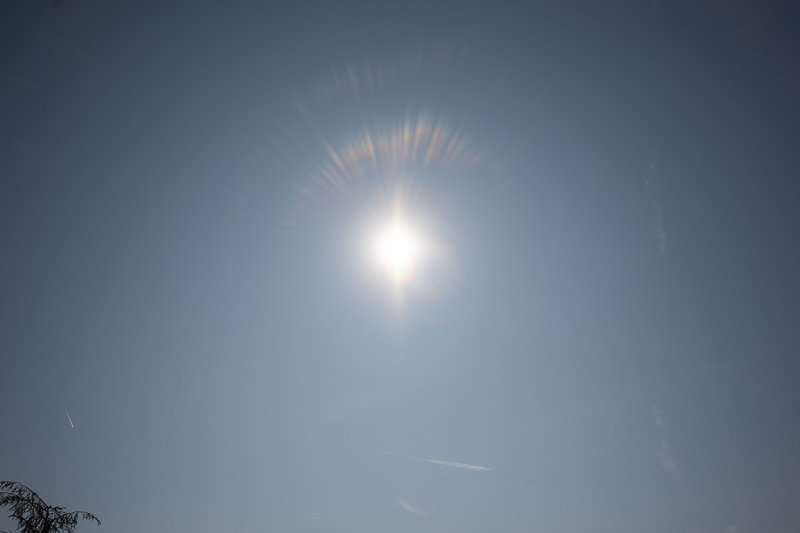
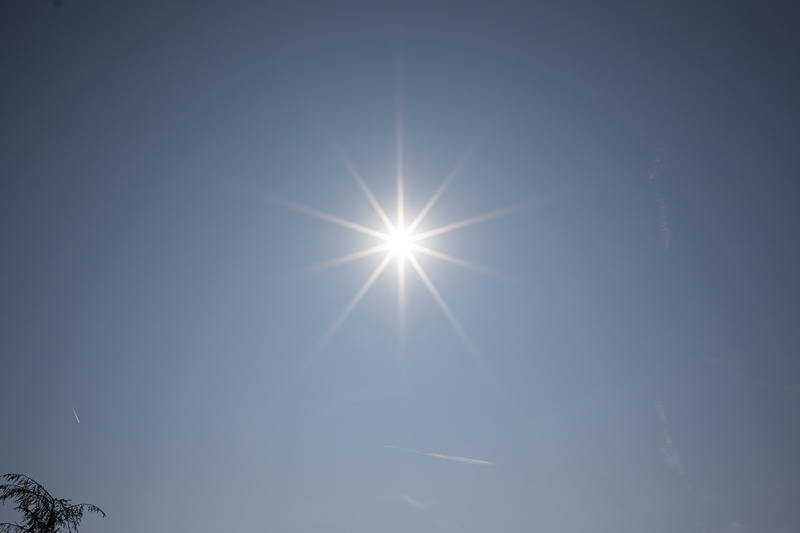
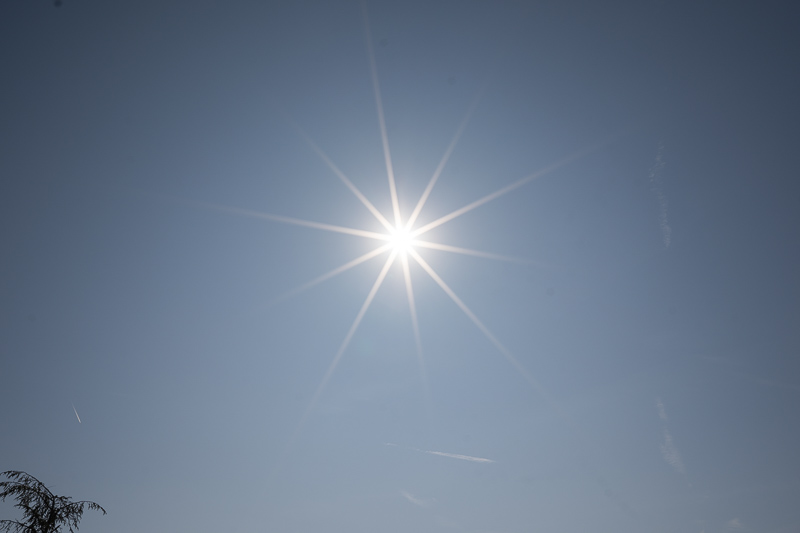
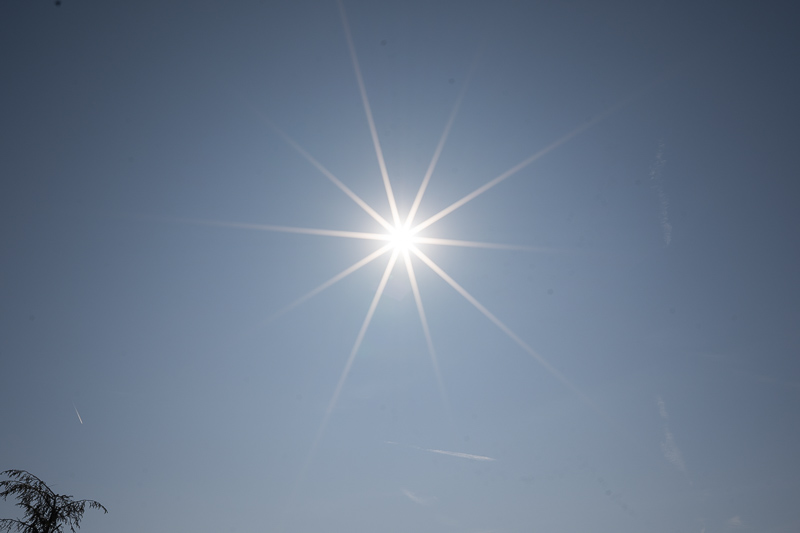
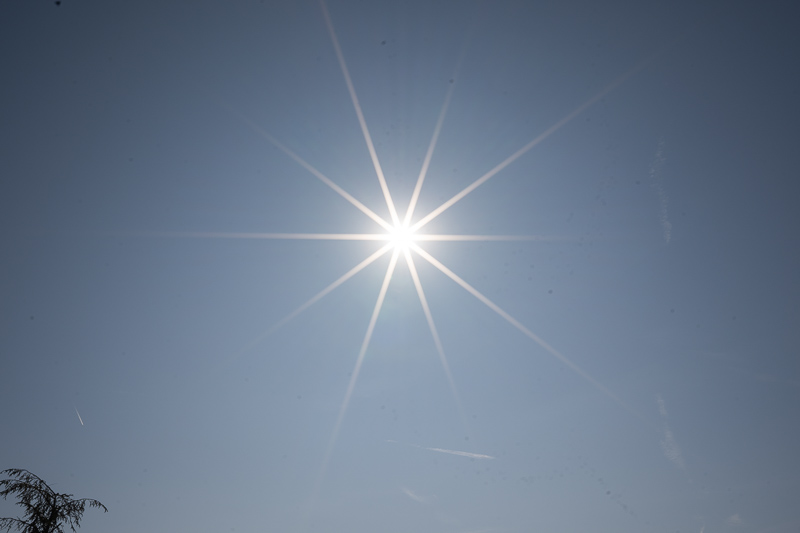
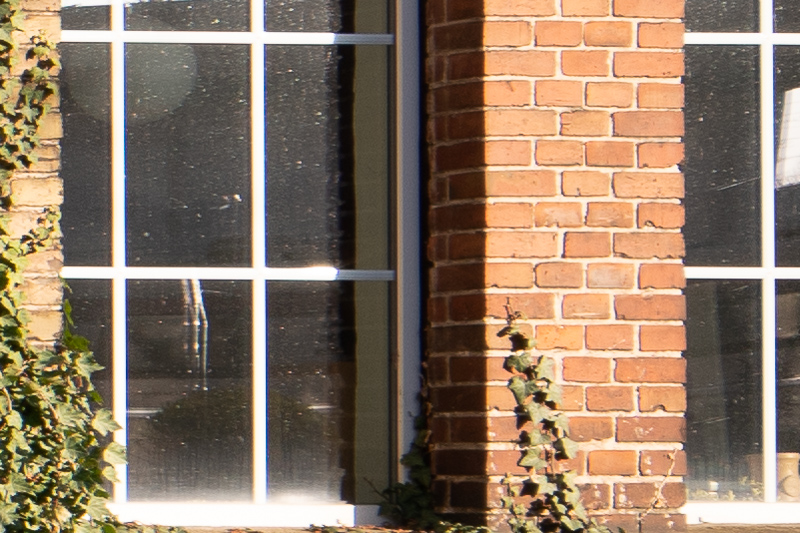

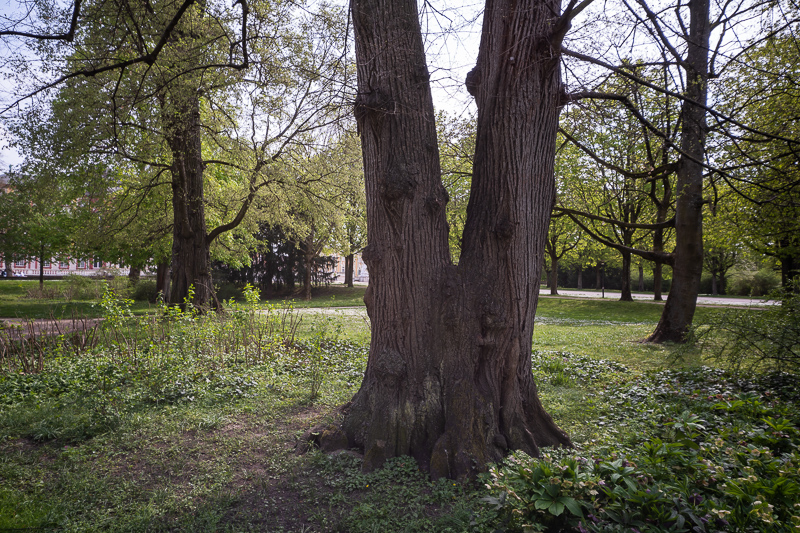
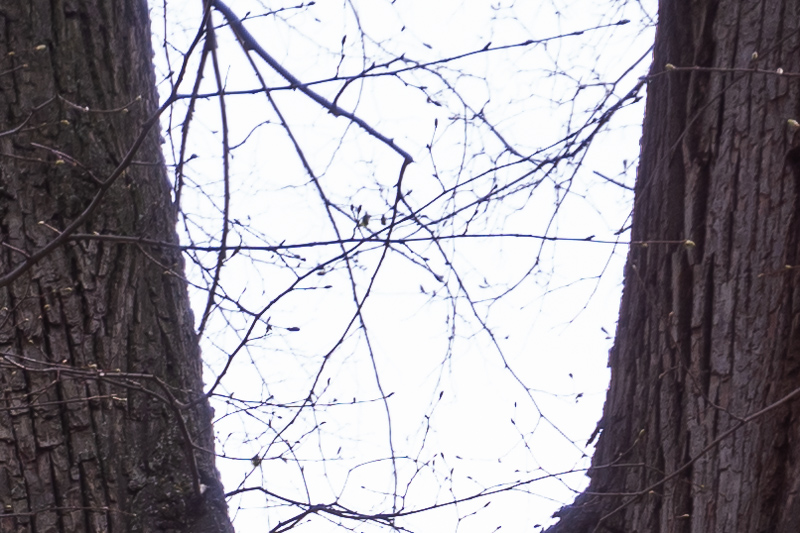

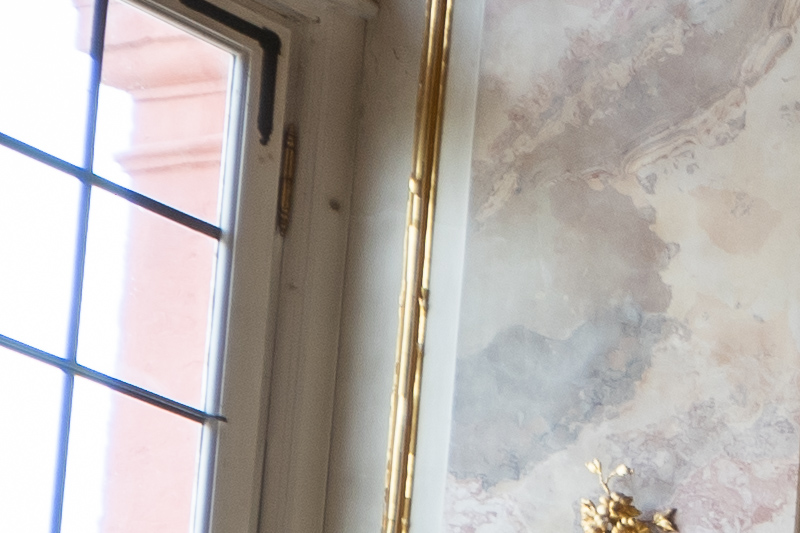
Thanks Bastian for the as always great review and of course photos. I think we have all been eagerly waiting for a lightweight, compact and affordable wide-angle zoom like this. The release has dragged on for over a year, and now it has finally been unveiled.
My question is, how does it compare to fixed focal lengths like the VM 3.5/21 in the focal length range, what do we have to give up here besides speed?
Regards Klaus
Thanks Klaus!
Except for the speed the VM 3.5/21 has slightly better corner resolution and better flare resistance in some situations,
but in most situations (e.g. stopped down to f/8.) I doubt I could easily tell with which of these two lenses a picture has been taken with.
Great review, as always. I know it’s kinda apples and oranges but how does it compare with the 11/4.5 (at 12mm obvs) in sharpness, a toss up once both are stopped down?
Oops, didn’t mean to reply in this thread, my bad…
Actually, I would prefer the 12-24mm here.
Just what I have been looking for, can only hope it also works well in the Infrared spectrum.
Thanks, Bastian. Exactly what I was hoping for. Looking across the reviews available so far, it does look like the copy variation might be a little high on this one. Still, I think it will ultimately be worth trying to get a good one.
It is ultra wide and a zoom. I would be greatly surprised if it wasn’t 😅
Brilliant review! Thank you so much!
I was wondering if the color cost is also strong for leica camera. I heard that the M11 sloved the color cast issue.
Unfortunately I only had the E-mount version of this lens so I couldn’t check.
as always thank you for the great review and outstanding samples.
did you shoot on tripod without IBIS? or how did you go about dialing in the FL to make use of stabilization?
I imagine it can be very tedious with a zoom lens with no exif to try and use IBIS…
You are welcome!
With lenses this wide I rarely use IBIS.
Below 21mm I found IBIS often introduces issues in the border and corner regions and it rarely helps to allow for actually longer shutter speeds.
All the sample pictures I took without tripod.
Generally I think IBIS is very helpful between 28 and 135mm, above it still helps to stabilize the viewfinder image,
but an in-lens-stabilizer would be noticeably more effective.
But yes, my motivation to use a let’s say 24-105mm lens without exif would be severly limited because of that…
Wonder how it compares to the Voigtlander 15 f4.5 mk iii on e mount at 15 mm?
It has been a long time since I used that Voigtländer lens.
Actually, I don’t think there are major differences.
Probably sample variation (on both lenses) leads to more significant differences than the actual lens design.
Thanks for the review and awesome photos. I have a copy of Z mount which have somewhat strong field curvature if the focus ring is between MFD and 2m, at all focal length. Close to long edge, sharpness drops very suddenly where the subjects are at the same focal plane of those at the center. It’s sometimes troublesome, especially when use hyper focal distance for landscape. I wonder if it’s sample variation or a fact of the mount. It seems that Z cameras will have very slightly different flange distance when IBIS turned on due to the IBIS lock mechanism, hasn’t try it when IBIS turned off, but my Z 14-30 doesn’t have that issue. Have you ever seen the same behavior on your copy? Despite the field curvature issue, it’s a great lens for its price. BTW, for someone who curious about the color cast on different mount, it’s a little bit towards blue on Z mount, I use temp rather than tint to correct it.
In close focus scenarios there is very noticeable field curvature as also pointed out in the review.
I don’t know about Nikon’s IBIS implementation but in Sony cameras I usually turn it off when using ultra wide lenses
as it may help in the center but has high potential to reduce corner sharpness.
Hyper focal distance I also don’t use, as I don’t think it is accurate enough when using high resolution sensors.
Had tried to turn off IBIS, I can’t see any differences other than the composition moved downward a little bit. At least on a tripod, the Nikon’s IBIS doesn’t make the field curvature issue better or worse.
Yes, the hyper focal distance isn’t that helpful on a modern hi-res camera. But I found that if I want to take some wide angle snap shoots, just leave the focus ring close to infinity would obtain better result, unless it’s a really close shoot where corner sharpness doesn’t matter that much. Just try to get used to it now.
Vielen Dank für dieses tolle Review.
Mich reizt es wirklich diese Linse zu bestellen, da ich ein riesen Fan von 5 / 10 straight blades bin.
Die Sonnensterne gefallen mir einfach am besten.
Die Filtergröße wurmt mich ein wenig, weil ich durch Tamron alles in 67 mm habe…
Aber überhaut “normale” Filter bei 12 mm benutzen zu können, ist auch schon großartig.
Ich mache überwiegend Landschaft auf Stativ.
Würdest du eher das 17-28 von Tamron oder das Laowa mit nehmen?
Viele Grüße
Das Tamron 17-28mm ist schon nicht schlecht, aber lohnt sich meiner Meinung nach nur wenn du f/2.8 und AF brauchst.
17mm wären mir nicht weit genug und AF nervt mich bei einem UWW für Landschaft eher – besonders wenn es am Objektiv keinen AF/MF Umschalter gibt wie beim Tamron.
Puhh. Scheint ja sehr geil zu sein.
Stellt sich mir die Frage:
Laowa 11mm f4.5 FF oder das 12-24MM 5.6 hier?
Rein optisch gesehen wenn man das kurze Ende vergleicht.
Definitiv das 12-24mm 5.6, das 11mm 4.5 fand ich etwas schwächer
und die feststehende Streulichtblende nervt einfach nur.
Du hast ja in deinen Reviews schon oft betont wie viel nur ein Millimeter bei einem UWW-Objektiv ausmacht.
Wie deutlich ist denn der Unterschied zwischen den 11mm beim 11er (126Grad) und dem 12-24 bei 12mm (121Grad)?
Nach meinem persönlichen Eindruck ist das 11er nach optischer Korrektur immer noch deutlich weiter als z. Bsp. das 12-24G bei 12mm.
Ich hatte das 11mm und das 12-24mm nie gleichzeitig.
In meinem Review zum 9mm ist ein Vergleich 9mm – 10mm – 11mm, das gibt schon einen ganz guten Eindruck.
Allerdings runden die Hersteller bei den Brennweitenangabe auch gerne etwas…
@BastianK
Macht es deiner Meinung nach Sinn das 10-18 von Laowa gegen das 12-24 zu tauschen?
Ist die bessere Bildqualität so stark sichtbar? (fotografiere mit 24mp A7iii)
Das ist eine Frage, die ich dir nicht ohne Weiteres beantworten kann.
Wenn du mit dem 10-18mm zufrieden bist und es den Zweck erfüllt, für den du es angeschafft hast: warum wechseln?
Wenn du mit der Bildqualität vom 10-18mm am langen Ende (also ~18mm) oder mit dem Gegenlichthalten nicht zufrieden bist oder die Filtersituation für dich relevant ist könnte sich der Wechsel durchaus lohnen.
Es geht vor allem um die Bildqualität in dem Bereich 12-14mm. Würdest Du sagen, da sieht man ein klares Plus an Bildschärfe?
14mm schon eher, 12mm nur ein bisschen.
wieder ein sehr umfassendes Review!
die Architekturaufnahmen scheinen alle vertikal korrigiert zu sein. Schade, so habe ich keinen Eindruck vom Original und/oder Vignettierung.
An Sony habe ich schon sehr lange das 10-18mm und benutze es sehr oft. Es gefällt mir sehr, ganz besonders an der IR umgebauten Kamera.
Ich überlege, ob ich dies 12-24mm für die Leica Monocrom bestellen sollte. Der Preis von knapp 1000€ weicht aber sehr stark von dem Laowapreis von ca. 700$ ab, Bin gespannt, was Versand und Zoll kosten sollen.
how does this compare to the 12m Voigtlander m39 5.6 and what you choose between the two?
The Laowa is way better on a Sony camera in any way except for size.
On a Leica camera I never used the 12mm Voigtländer, here the differences might not be that big in the end.
Hello great review again Bastian, did you try some pictures with an extreme ND filter? This might give some insight in wether this lens can be used as a IR lens. I found out that some lenses got worse, concerning flares and hotspots when used with a B&W ND filter 64x and up on a normal body. This was a good indicator that some lense are useless on a body with removed UV IR block filter. The 7 Artisans 21mm f1.5 performs bad, but its 11mm fisheye performs great on IR and visual , Z6 , Z7 bodies. Also no issues concerning astro on these Nikon bodies for the fisheye. Kr bjorn
No, actually I don’t even have a strong ND filter that fits the lens 🙂
Hi Bastian, I bought it friday, did some initial testing with my
Nikon Z6 full spectrum and Nikon Z7. I would highly recommend it for infrared photography.
It performs great for infrared, even with fully visual blocking IR filters and demanding IR + UV filter like B+W 430, which blocks only the visible part of the spectrum [400-780nm].
– No hotspots
– only a tiny bit more reflections and ghosting compared to the visible part of the spectrum which is better than average.
– nearly no LoCa or lateral chromatic aberrations
– green cast seems to be absent in IR 😉
– as seen in visual part of the spectrum quite some vignetting which you would expect that wide
It’s my new IR to go ultra wide angle, will sell my 12 yr old Nikkor 16-35mm AF-S G f4 which performed well in IR but is heavy, needs to be adapted. Using sensor based stabilization is not advisable with such a large wide angle. I like the implementation of the filterthread. I’ll do some more research.
KR Bjorn Vink.
Thanks for sharing your findings!
Personally I find neither sensor based nor in lens stabilization advisable with focal lengths south of ~28mm.
I fully agree with that
Thank you Bjorn, I have been waiting for a review in IR for this lens. I did even ask Laowa but they had no idea.
Very, very interesting review, Bastian: congratulation and thanks a lot! 🙂
I have one question: I guess that no correction profiles exist for such a lens, so do you know if it’s possible to manually build a correction profile for LR or PS or we just need to adjust every shot manually with LR o Camera Raw sliders?
For some lenses Laowa offers those on their homepage, but I didn’t find them here.
It is however possible to create them on your own.
I did in the past for some lenses, but not this one.
I didn’t watch the whole video here, but from the comments it seems like it will guide you through the process.
Maybe in the winter I will write an article how do it efficiently, I have some lenses where it could be useful as well and that would be a good excuse to finally take care of them 🙂
hoe maak je deze opnames als je de lens op 12mm hebt is hij f5.6 en op 24mm is hij f8?!
De lens draait de f omhooggevallen hoeverre je inzoomt!
I consider trying this lens. I currently got the Sony 12-24mm f/4 G, and a quite good copy at that. What pushes me towards the Laowa, are the sunstars and the filter thread. While I don’t use filters often in general, it’s neat to be able to attach a circular one at times. The sunstars matter more to me, both for landscape and some cityscape. It’s still only a little percentage of my images, but when strong light sources are present, I appreciate defined sunstars. If the image quality is close, it’s a worthwhile trade for me, I think. Also, I’ll probably get $400-500 back by selling the Sony lens. I also prefer using fully manual focus lenses, and already use a few, as the Laowa 9 f/5.6, CV 15 f/4.5, and the CV 35 and 50 f/2 APO lenses. Not sure. Perhaps I’ll just add the CV 21 f/3.5 to the kit, but I’m not quite satisfied with the primes beyond 20mm.
The Laowa 12-24 probably isn’t any better than any of the lenses I mentioned, but it could replace the 12-24 G, CV 15, and save me from getting another prime; the CV 21 f/3.5.
Not sure if it’s just my copy, but the Laowa 9 f/5.6 sometimes leaves something to be desired. Often, the top of the image isn’t in proper focus (probably just soft). For example, when I photograph a piece of architecture from 90 degrees, regardless of the focus distance.
I forgot to mention the upcoming Samyang AF 12-24 f/2.8, which is both 2 stops faster and 100 g lighter, and it also takes circular filters. Still, I would need a manual focus prime with great sunstars to compliment the 15. The CV 21 f/3.5 is the only one that makes sense to me in terms of size, weight and handling.
I would prefer a 24mm with 10-12 aperture blades, though, as it fits better in my kit; 9,15, 24, 35, 50. Perhaps I can live with 9, 15, 28, 50, once (if) the CV 28 APO gets releases for Sony FE.